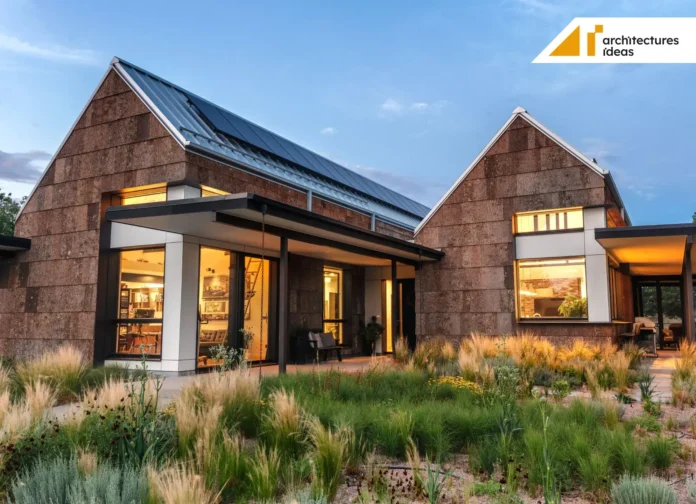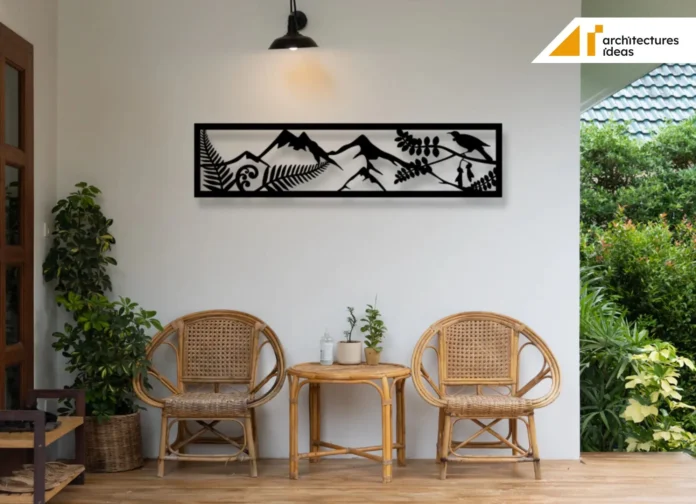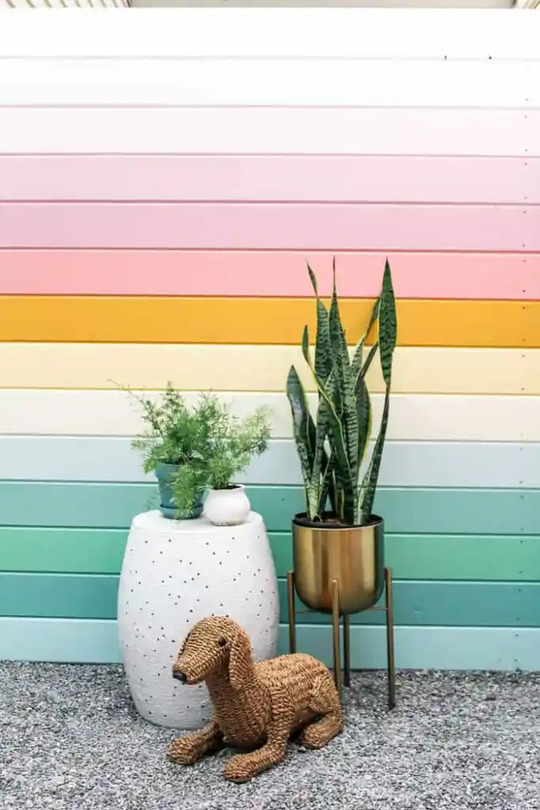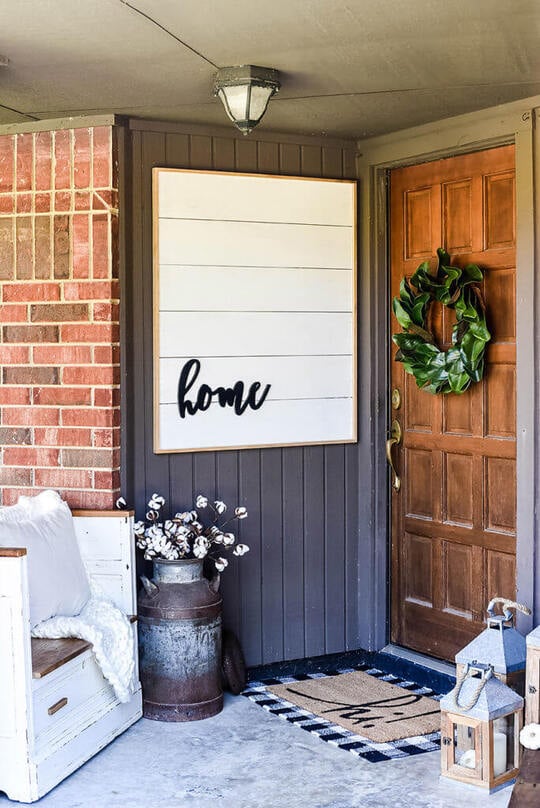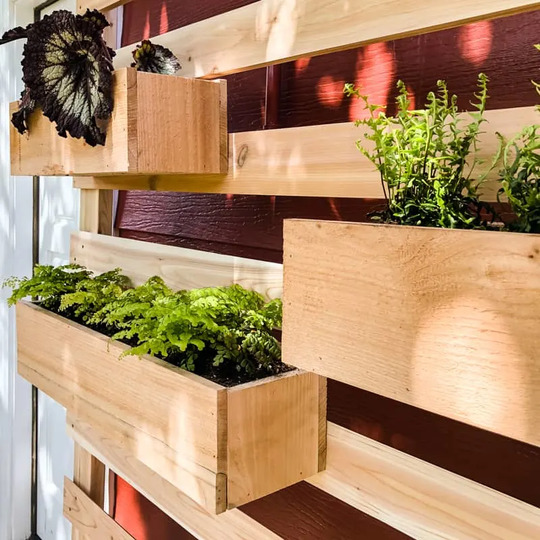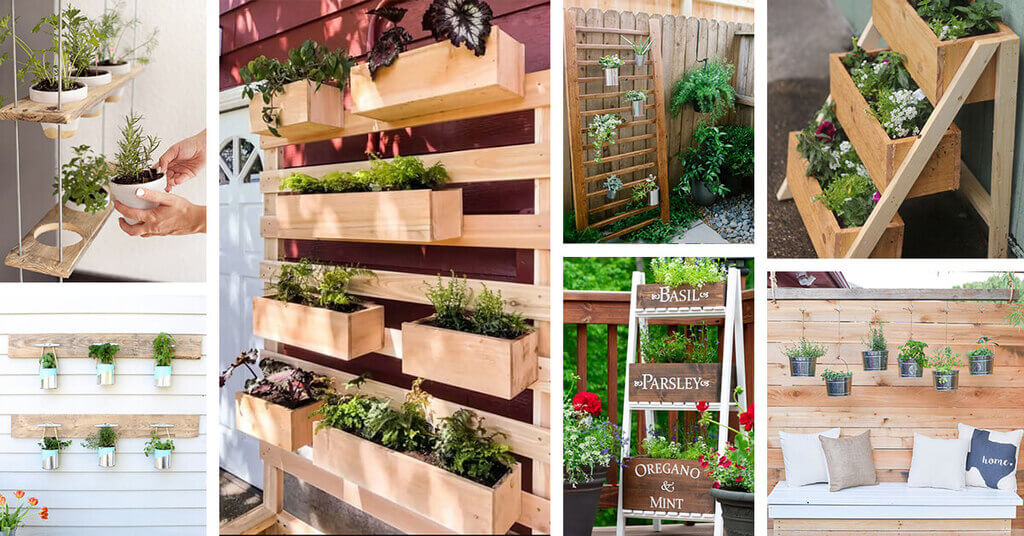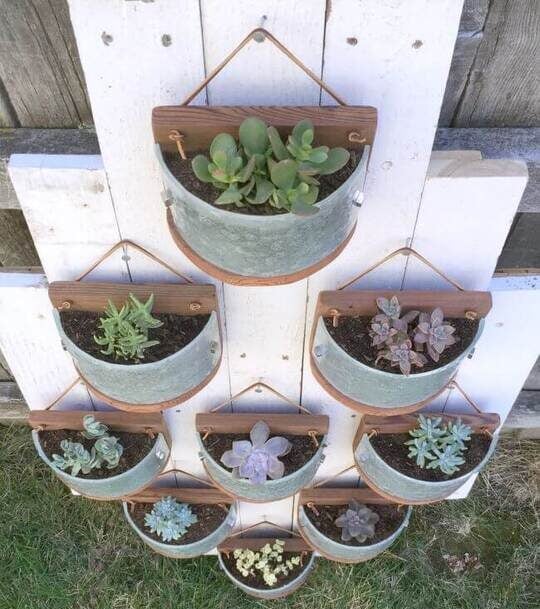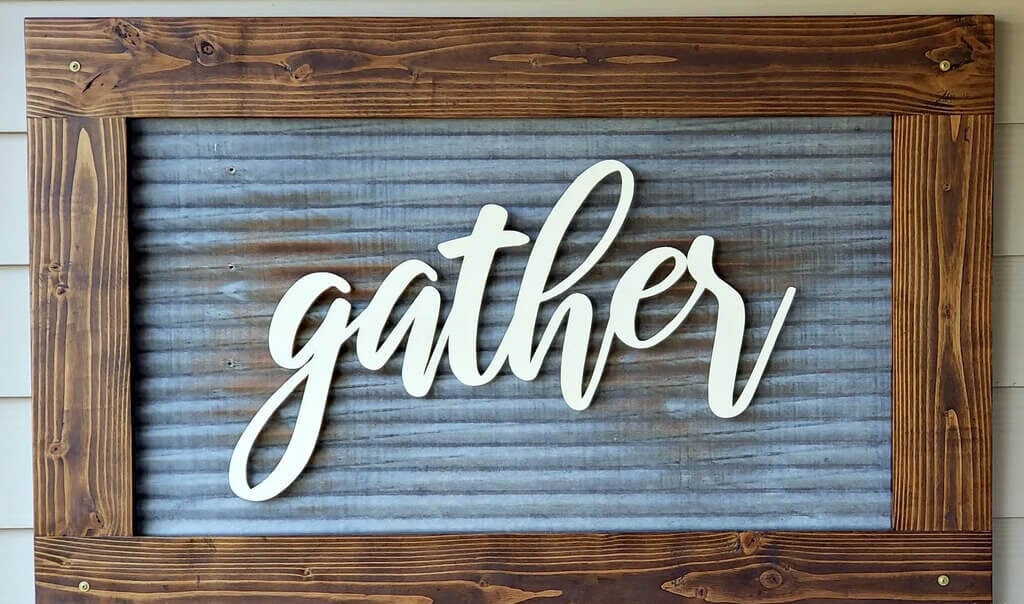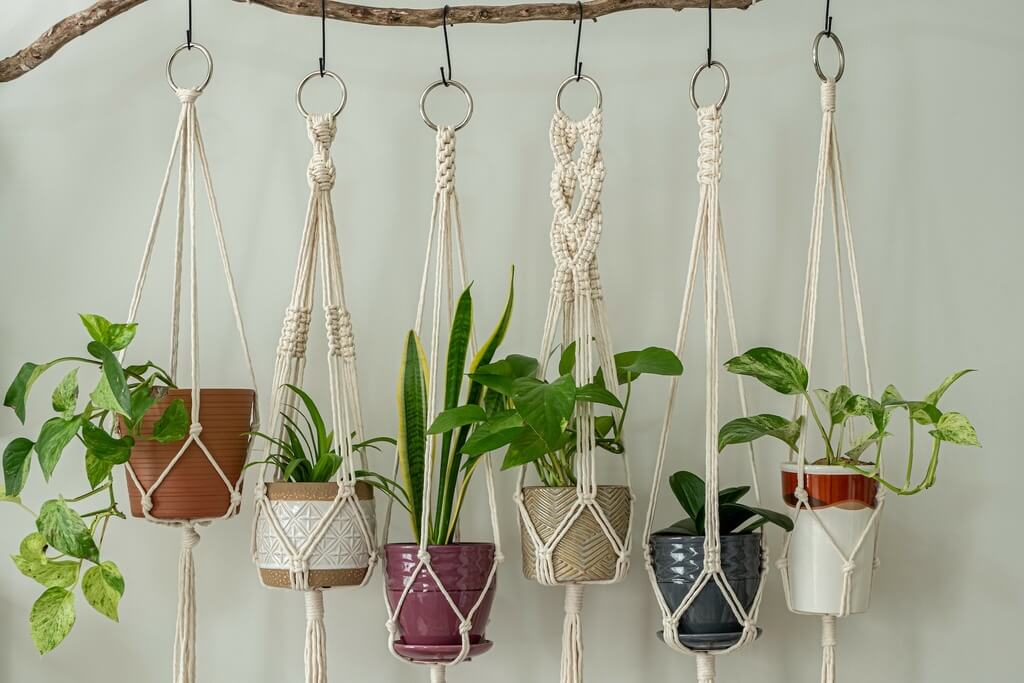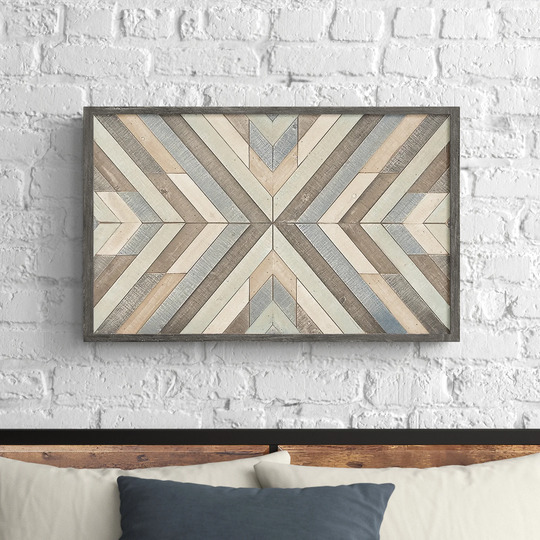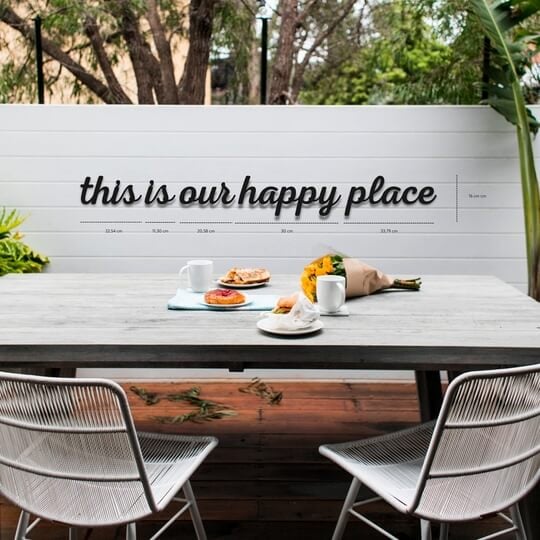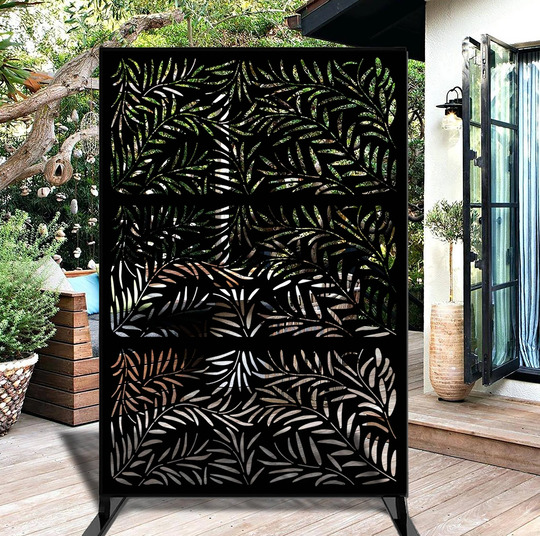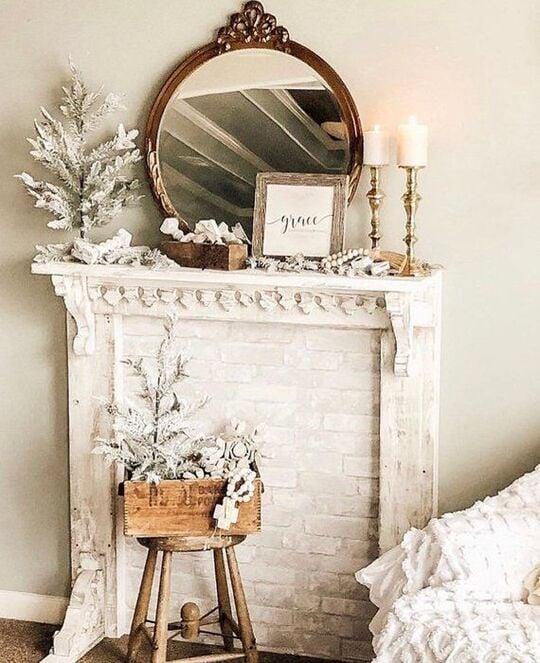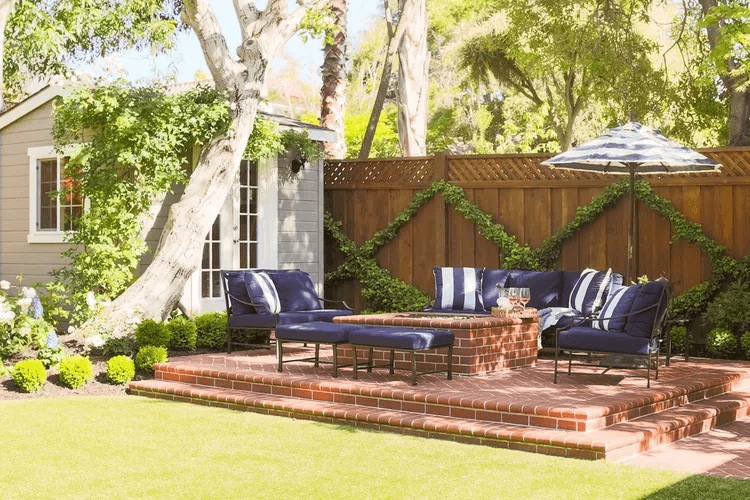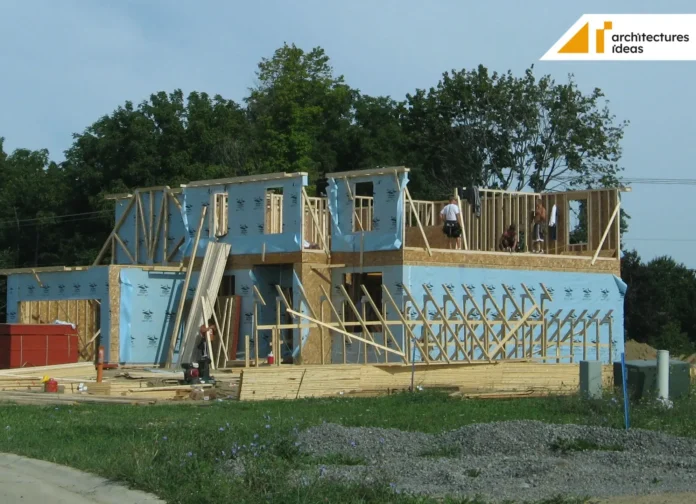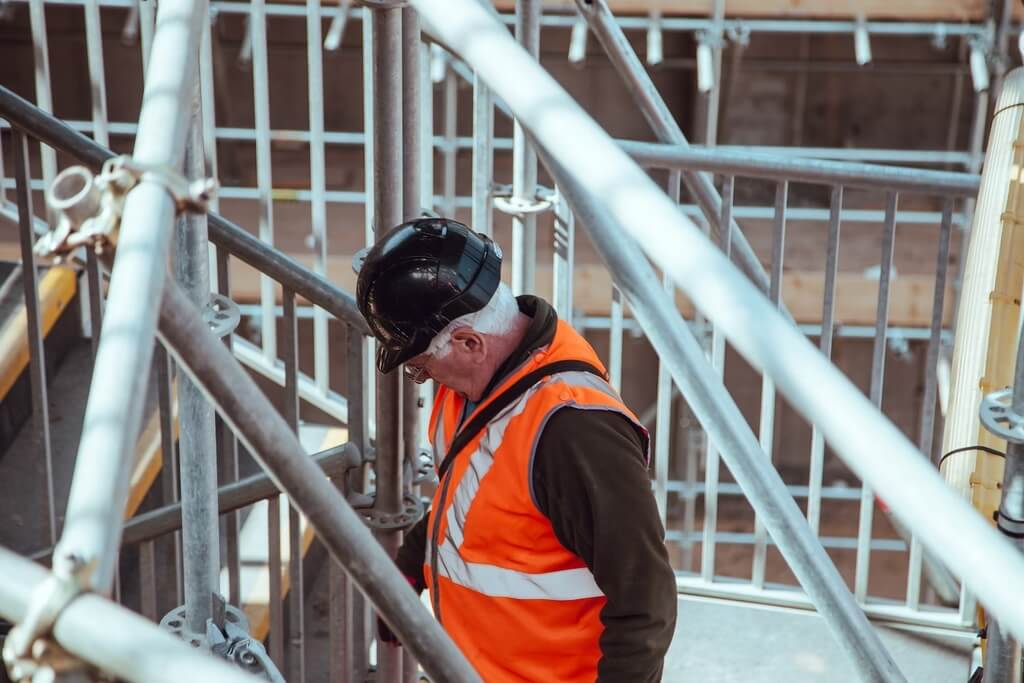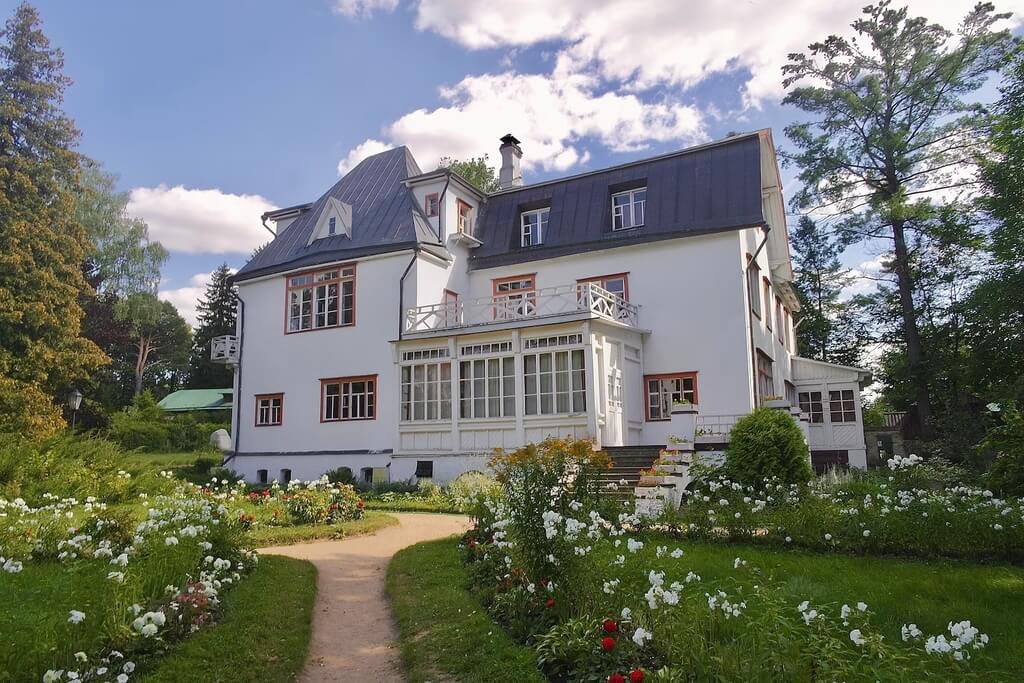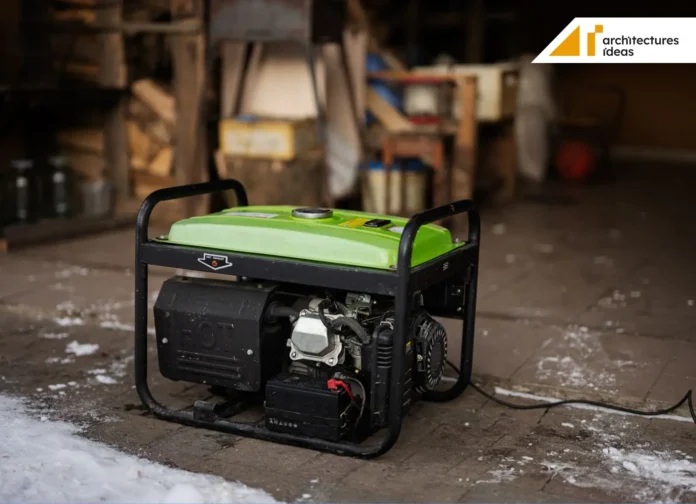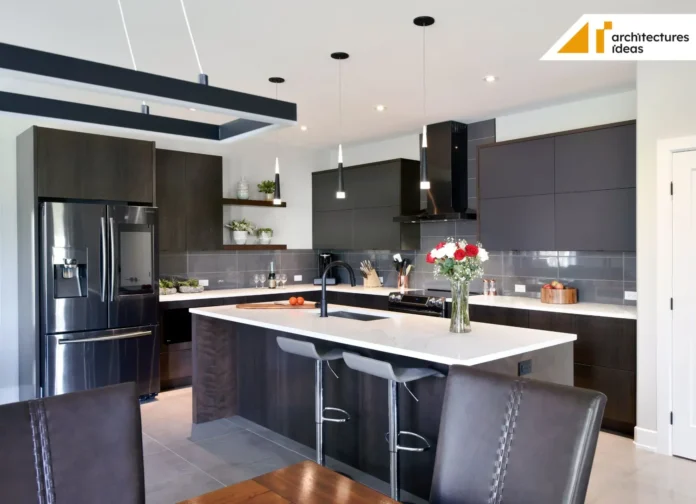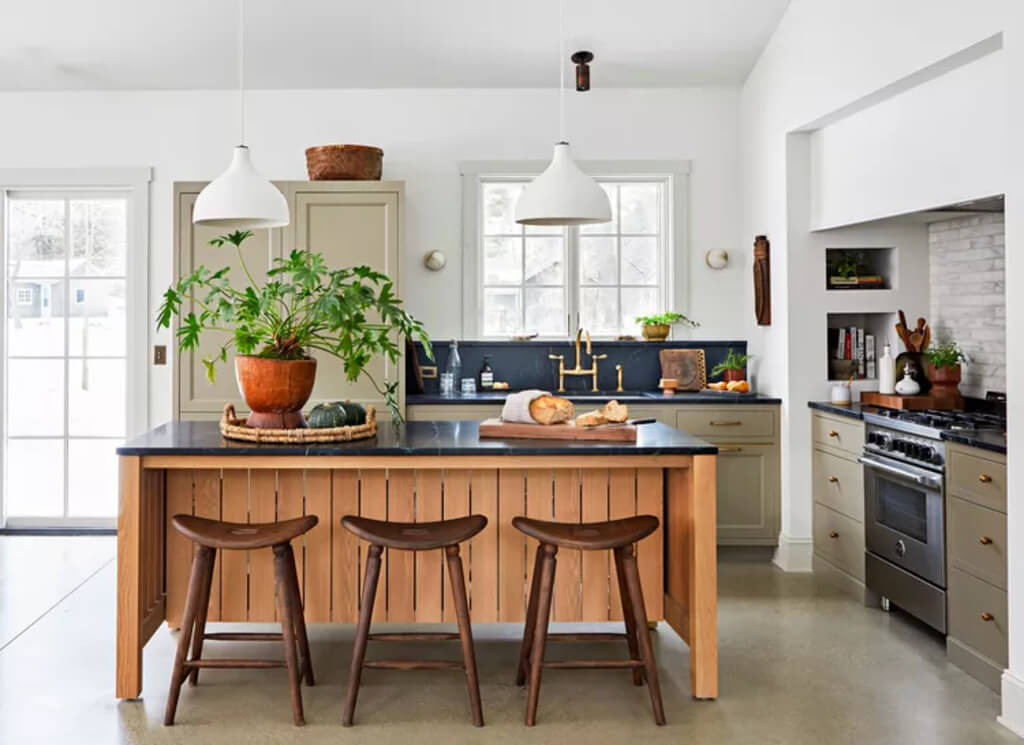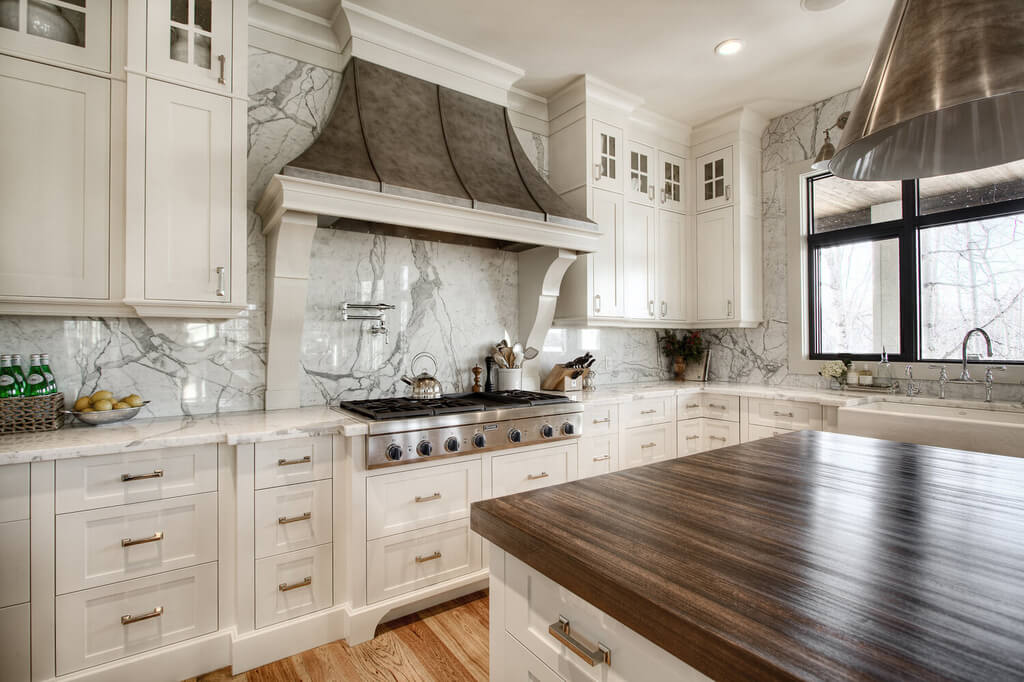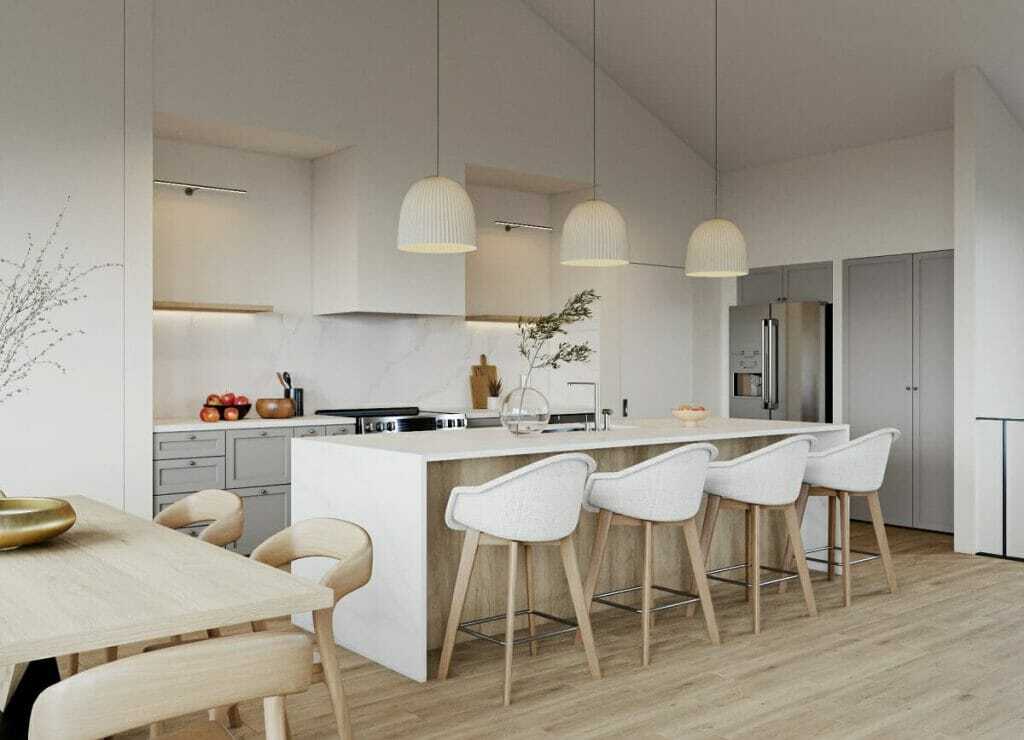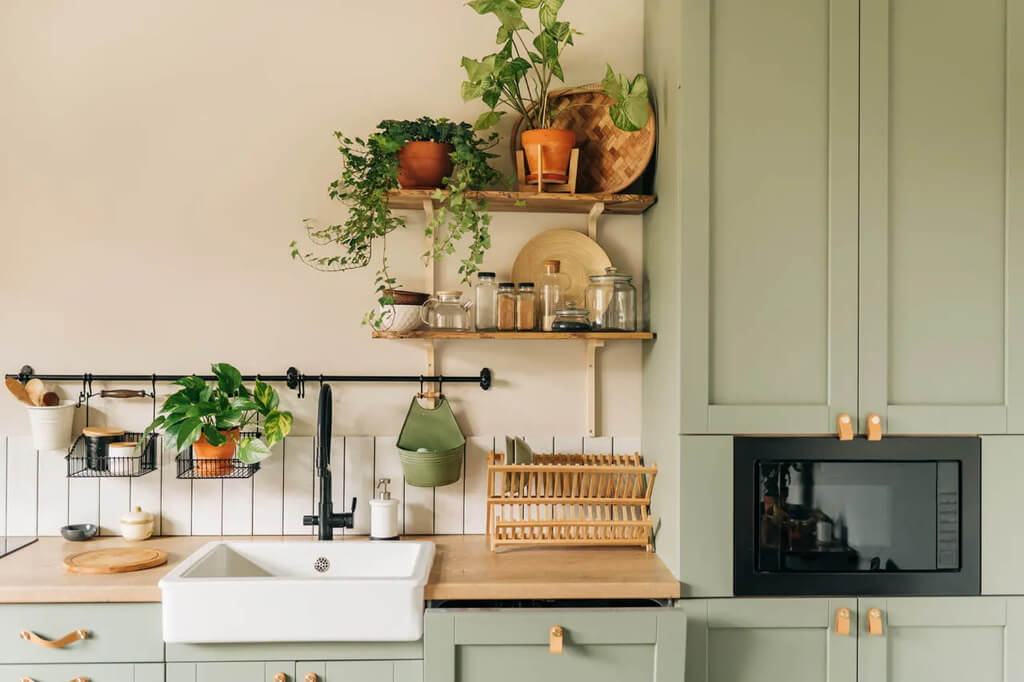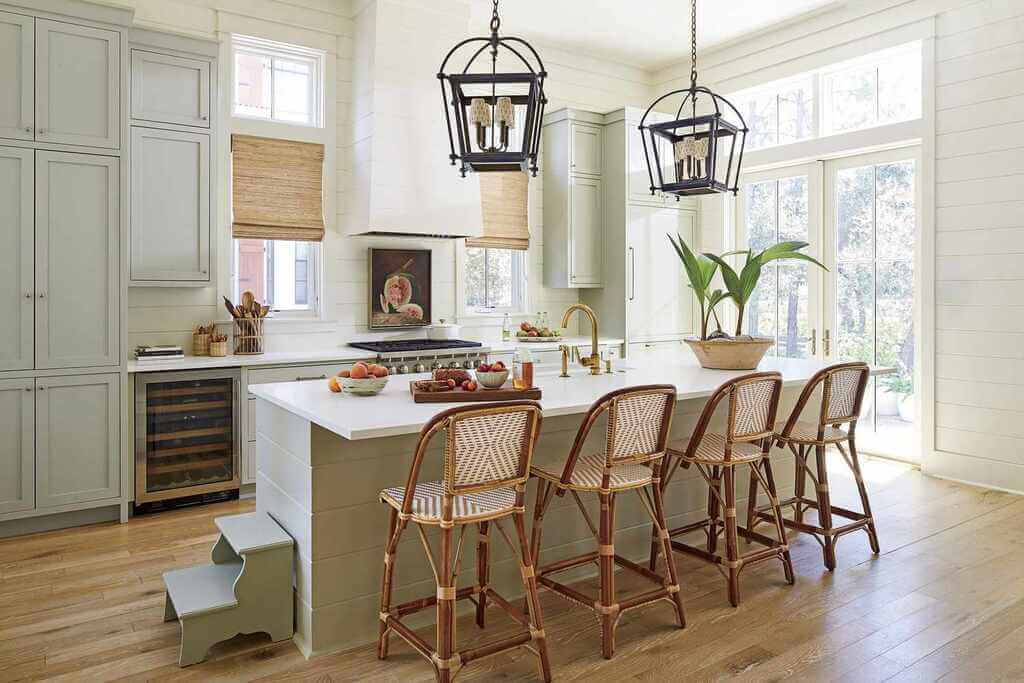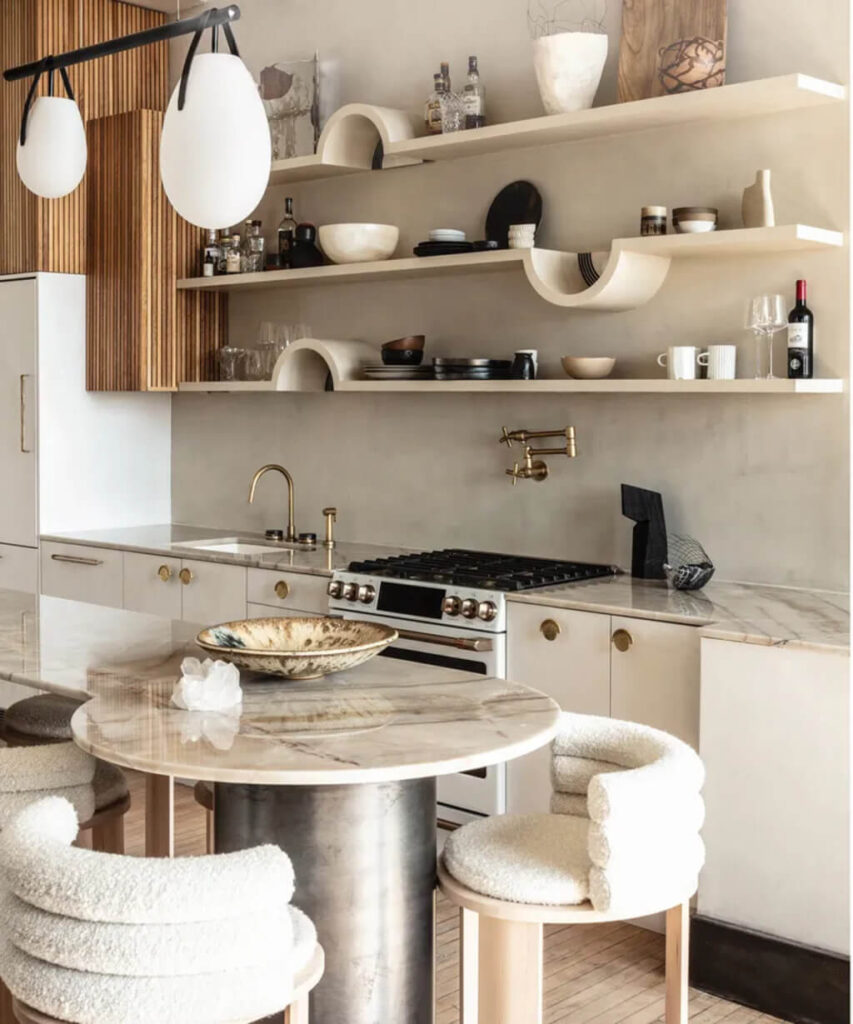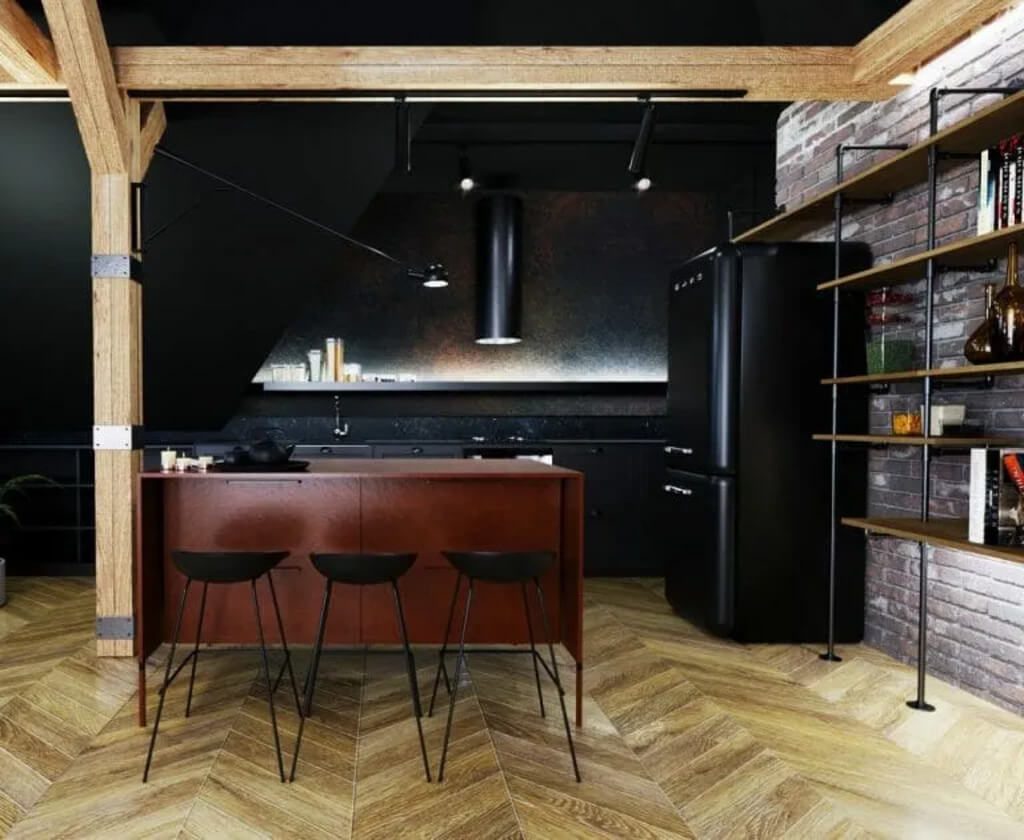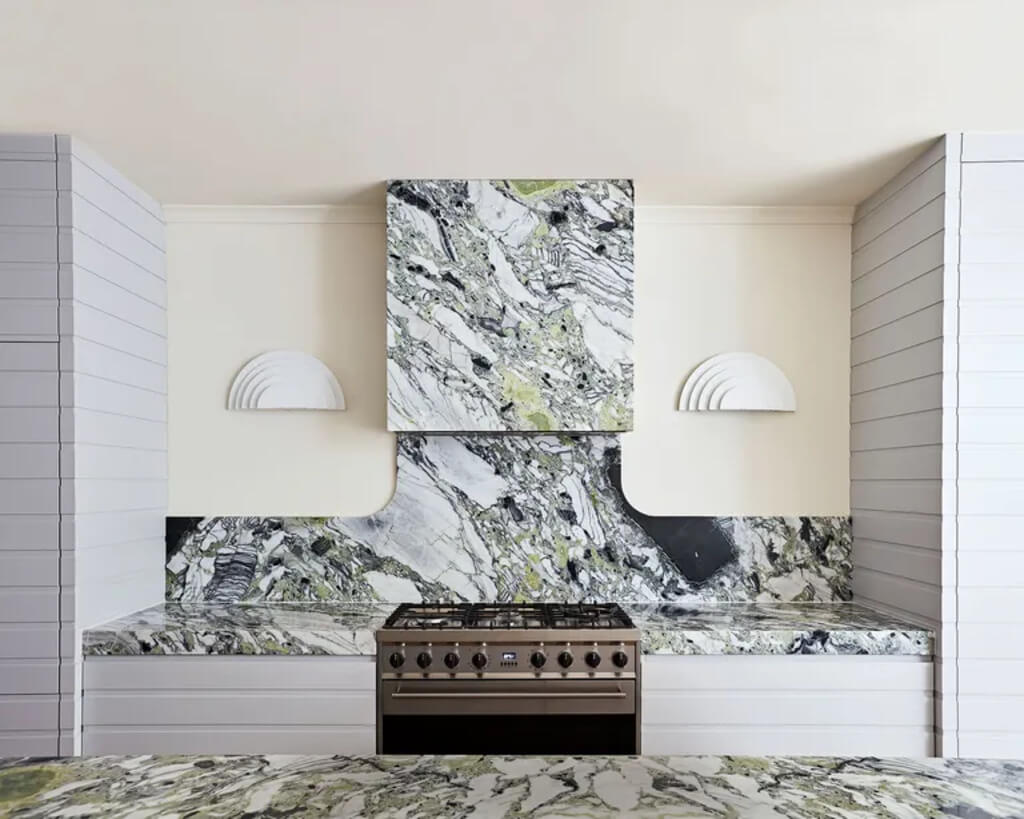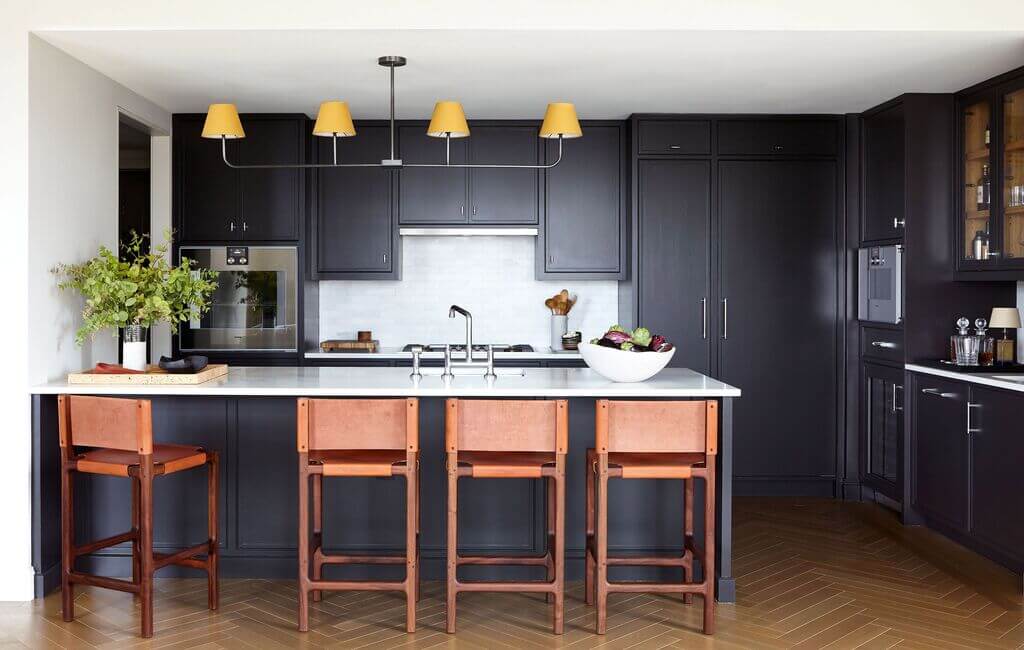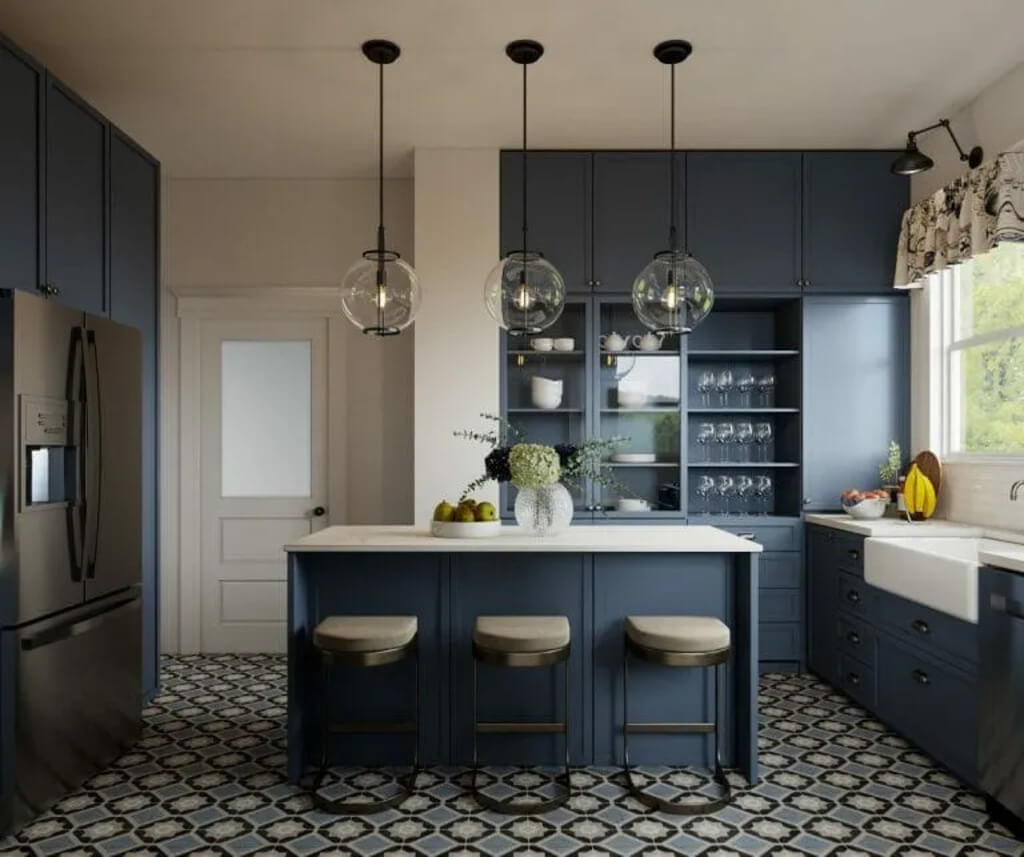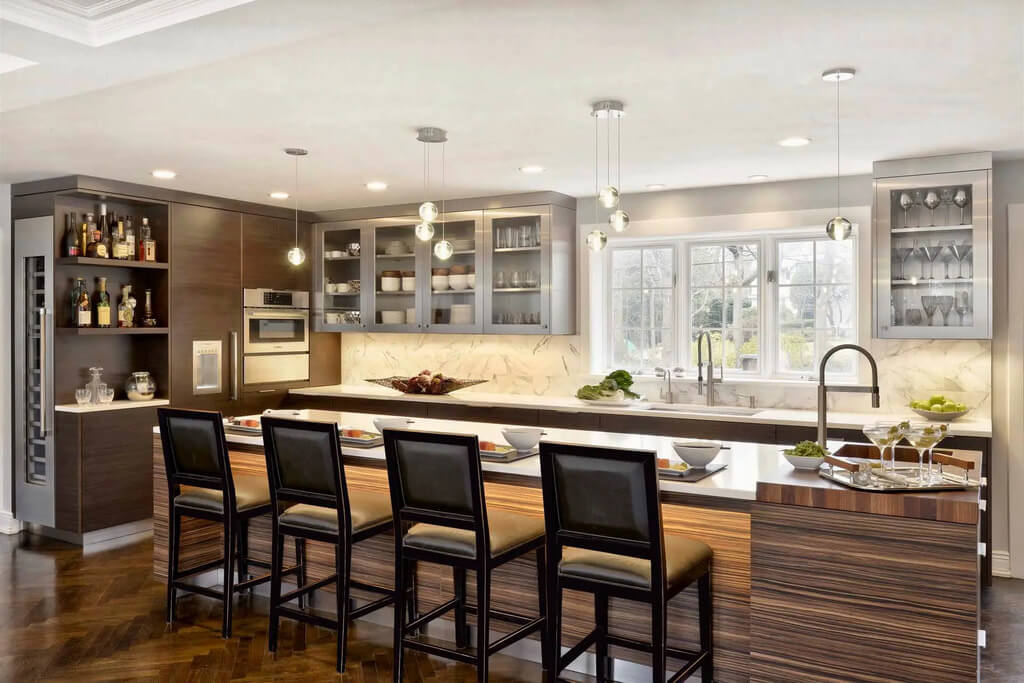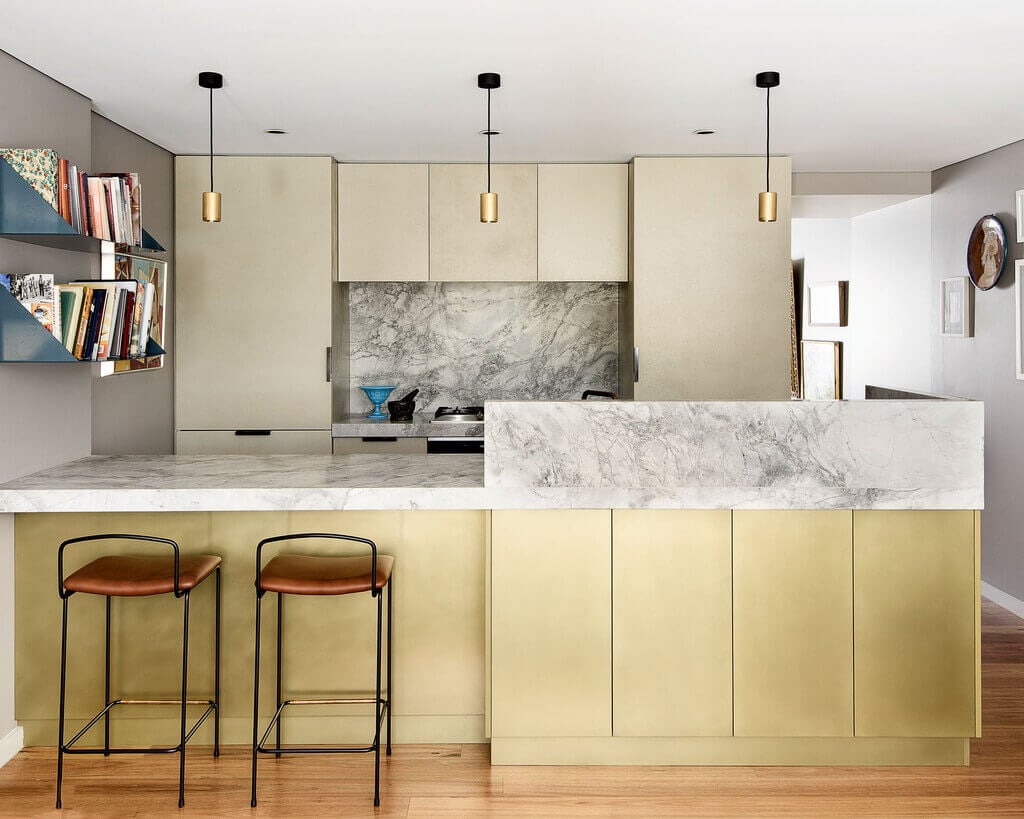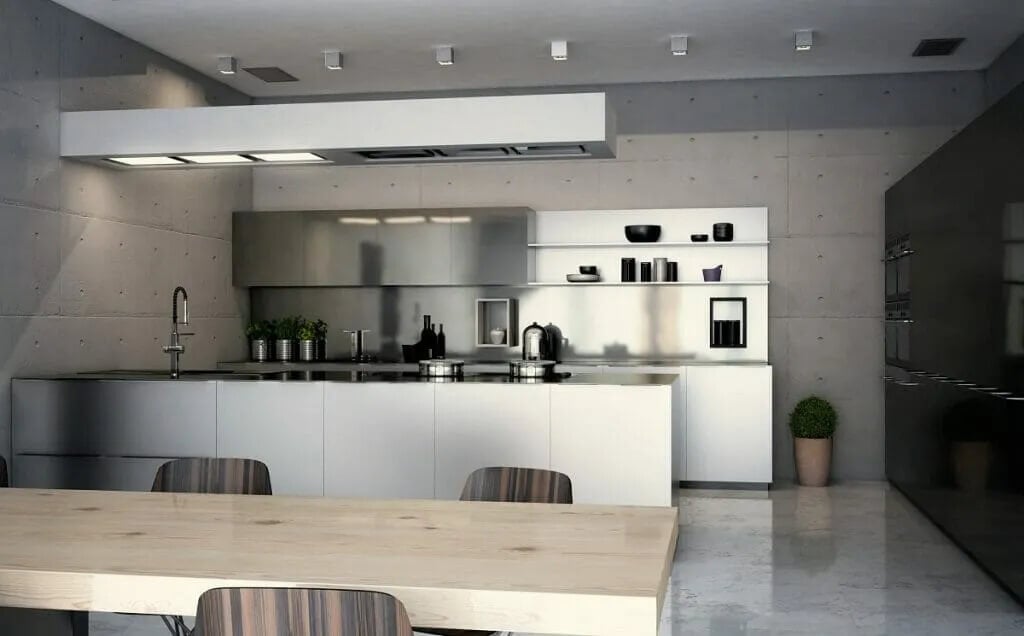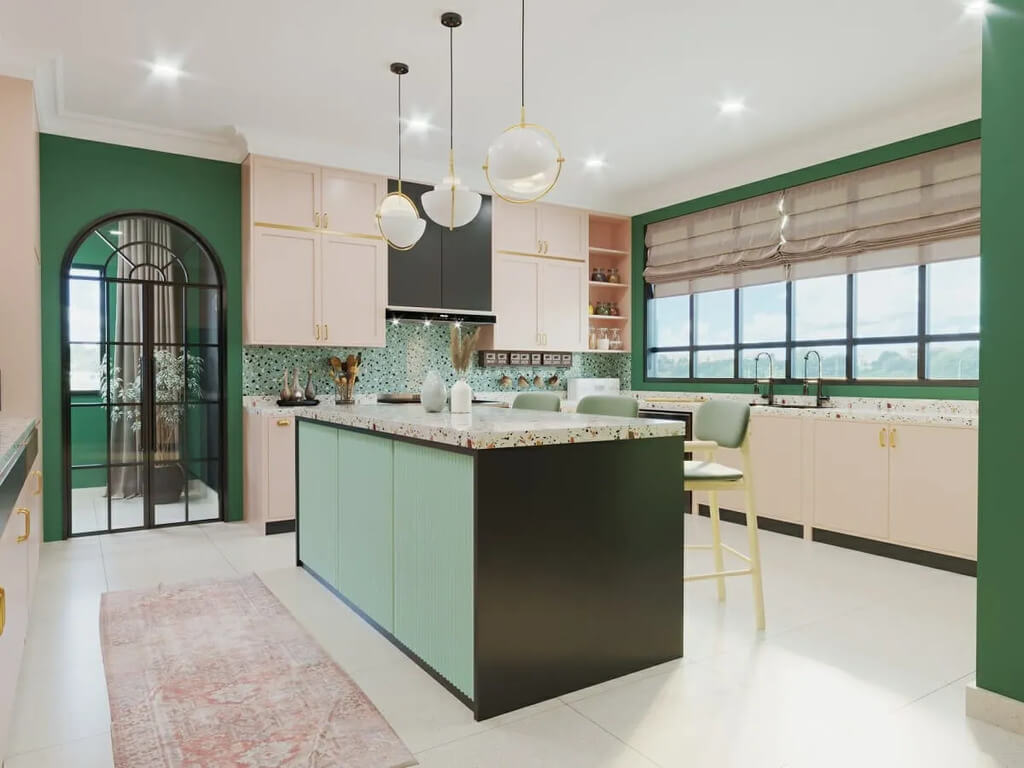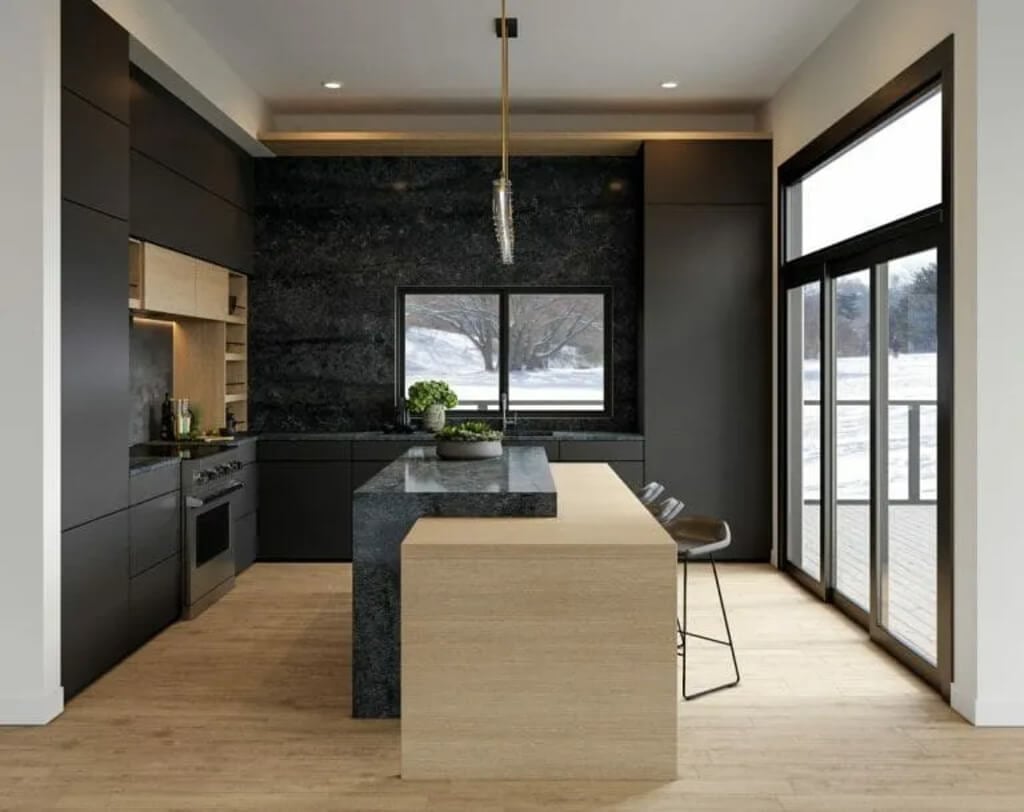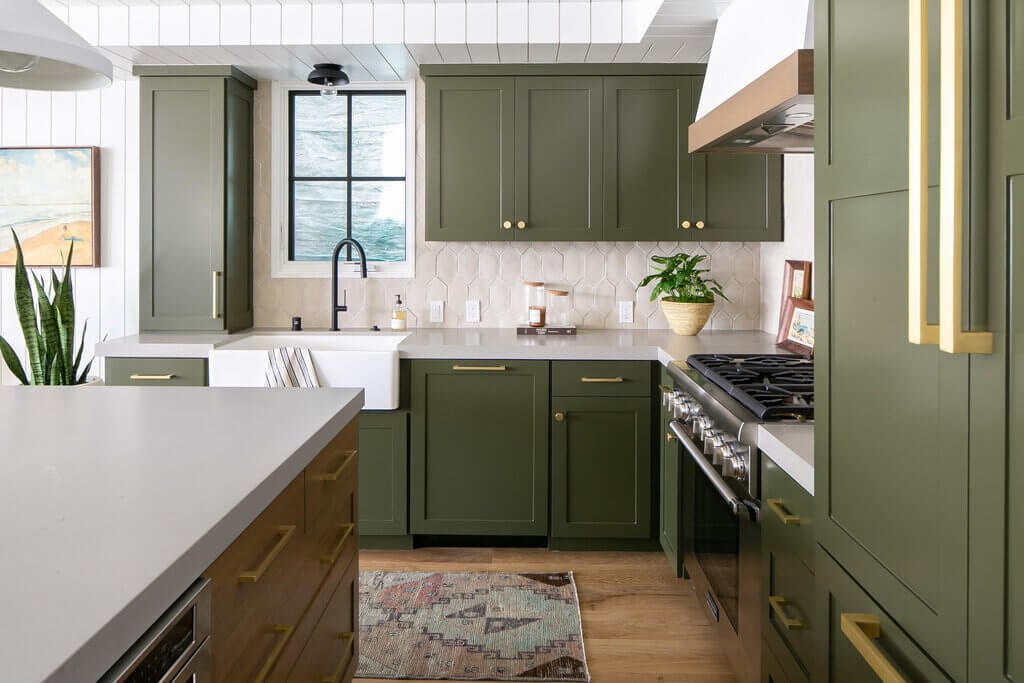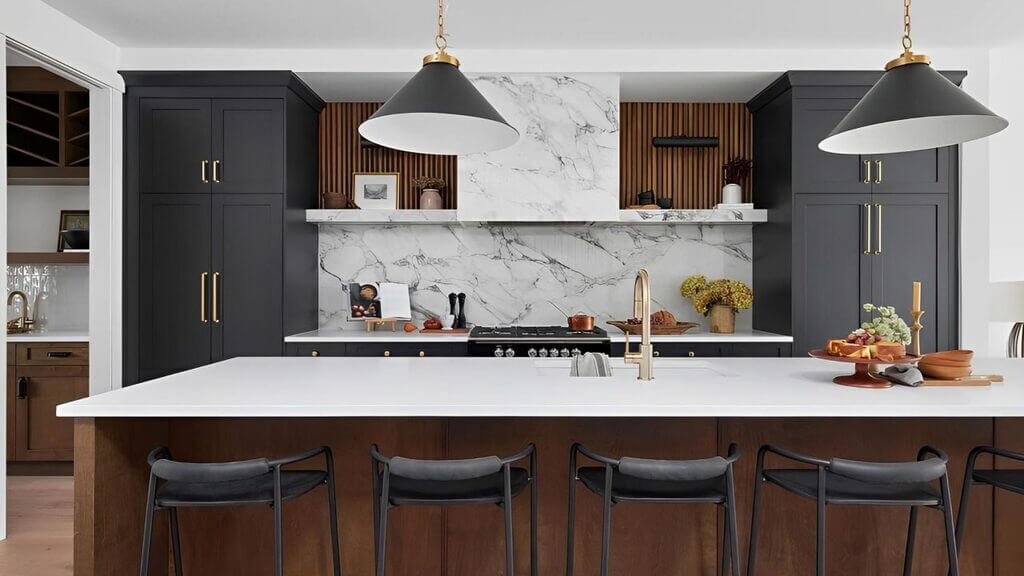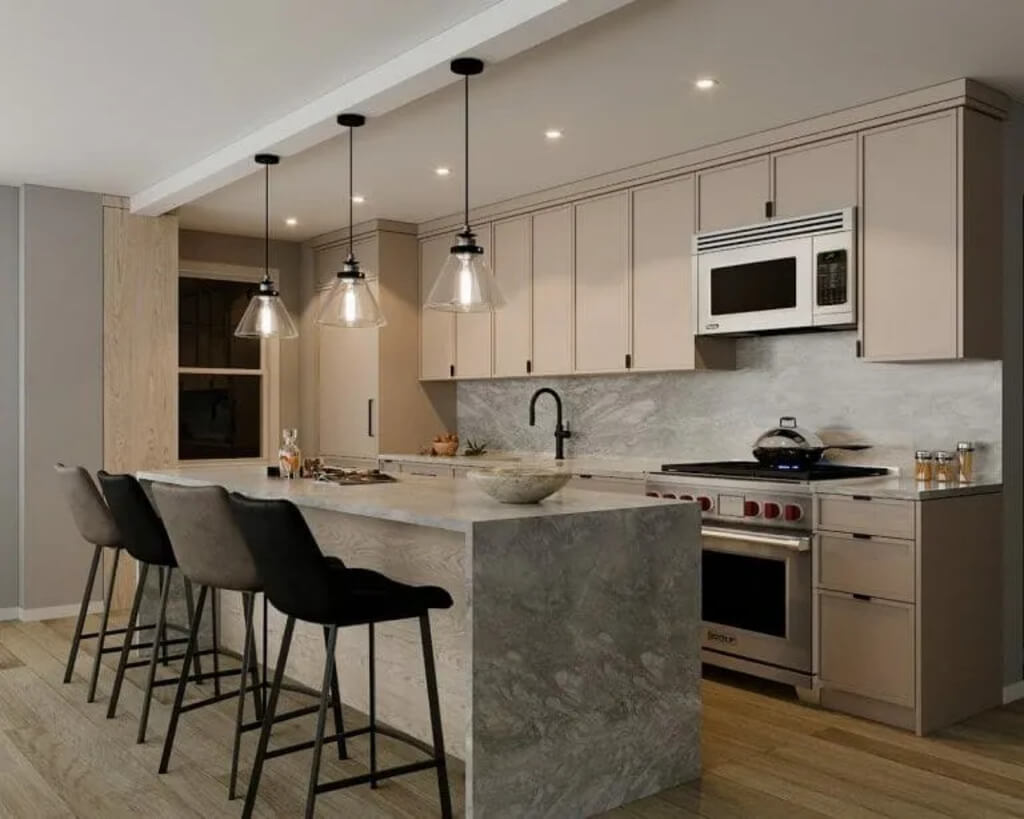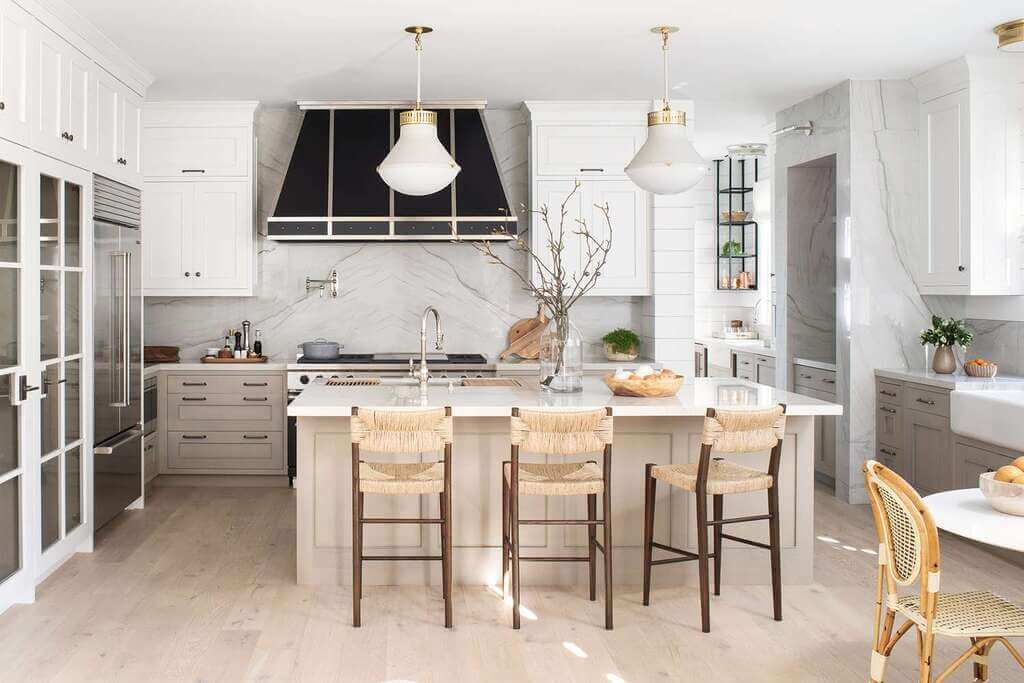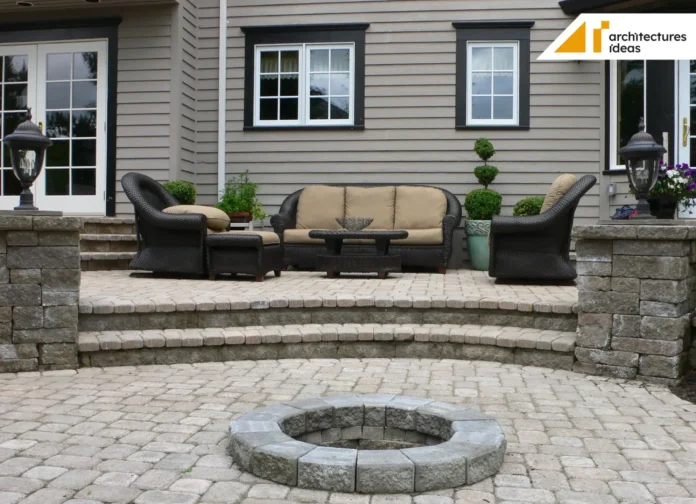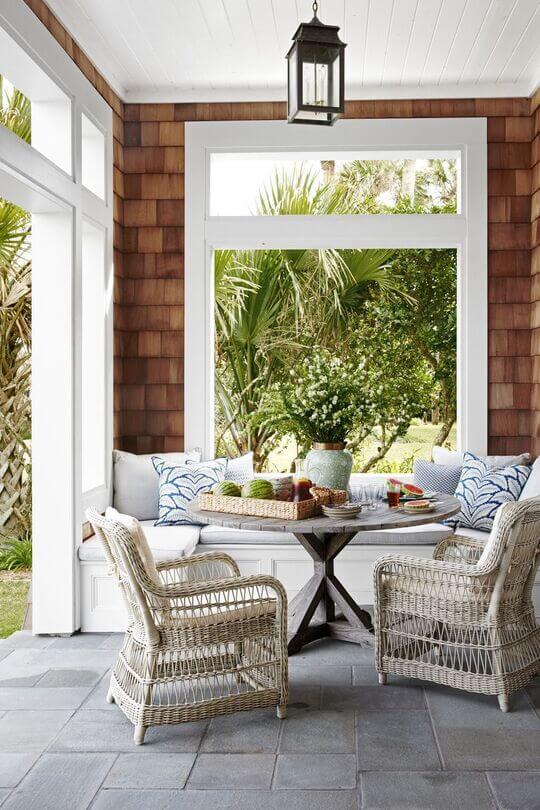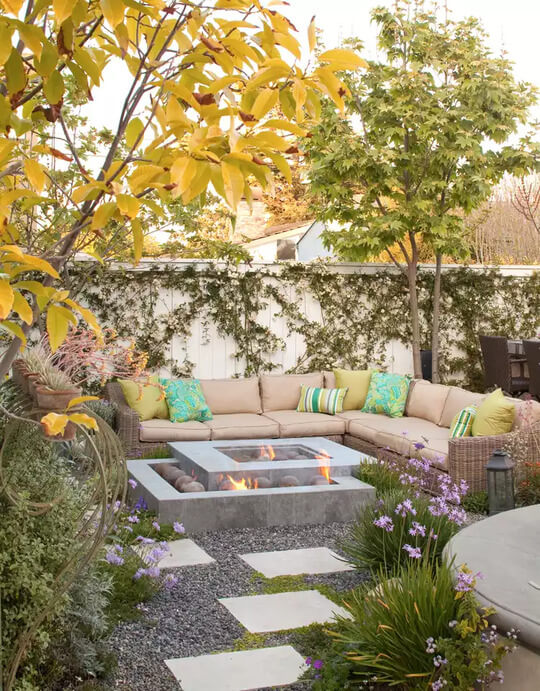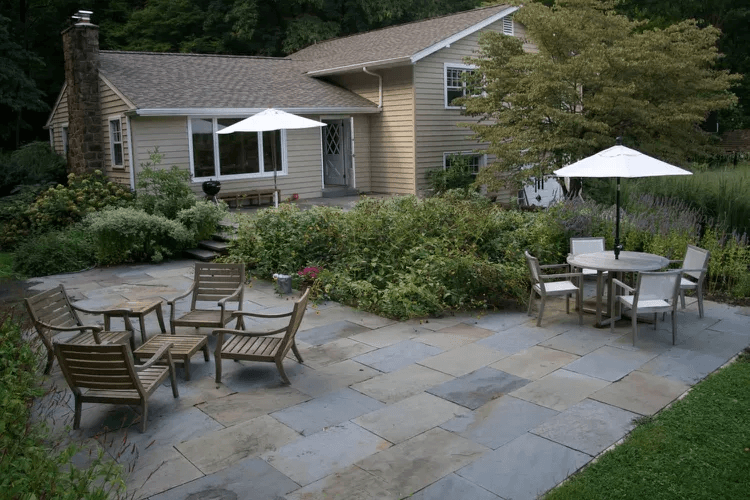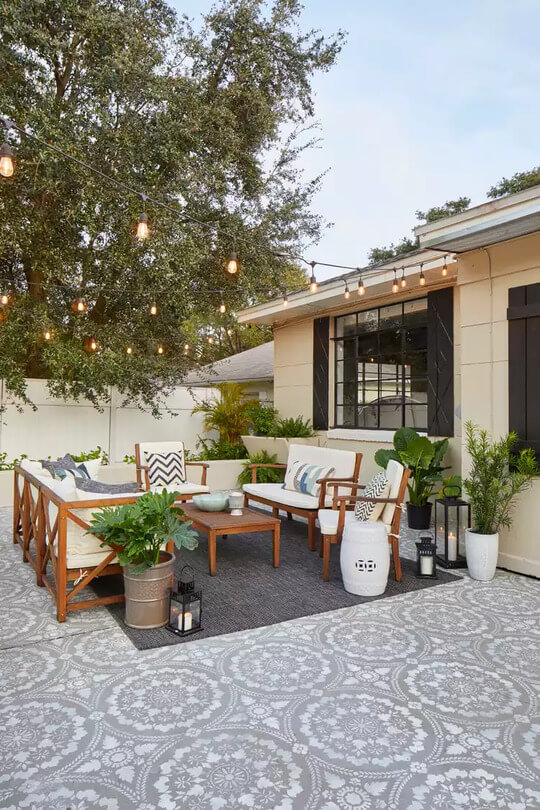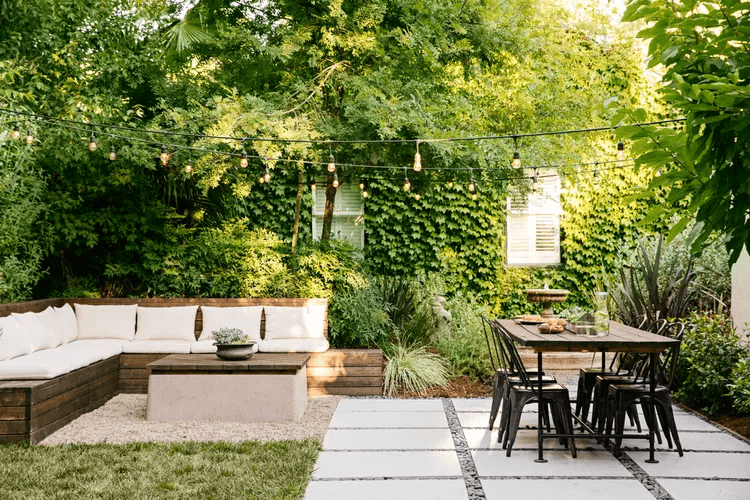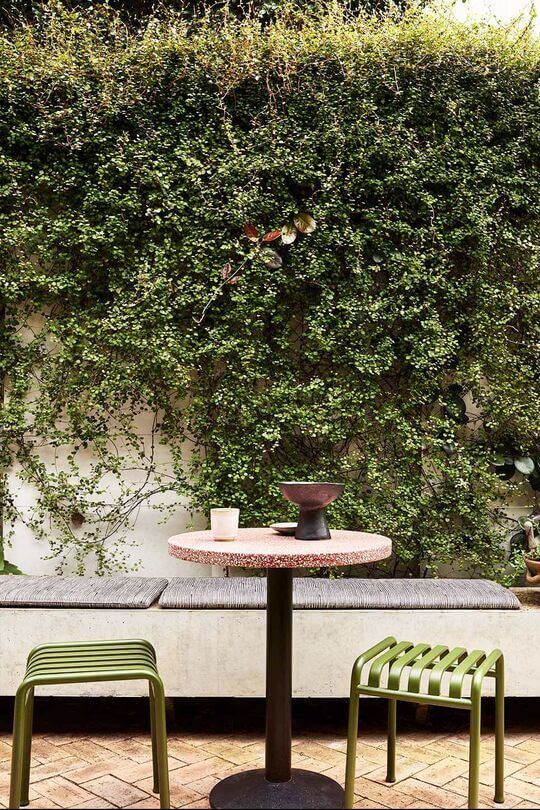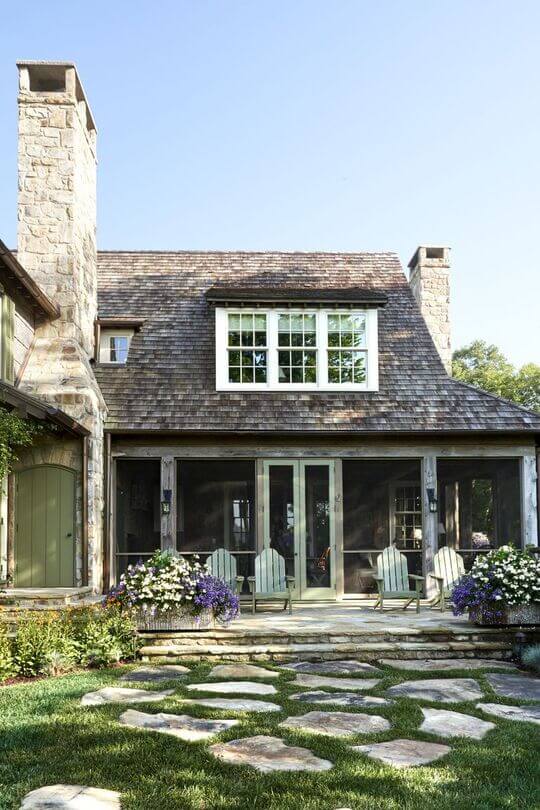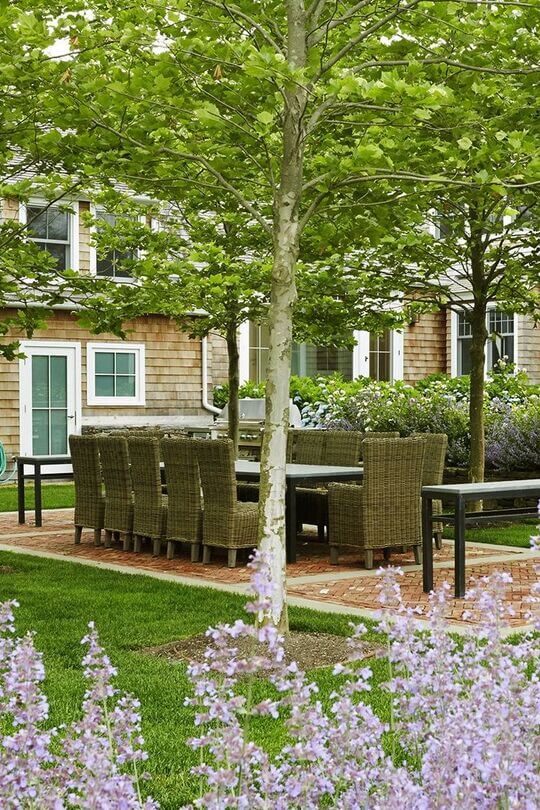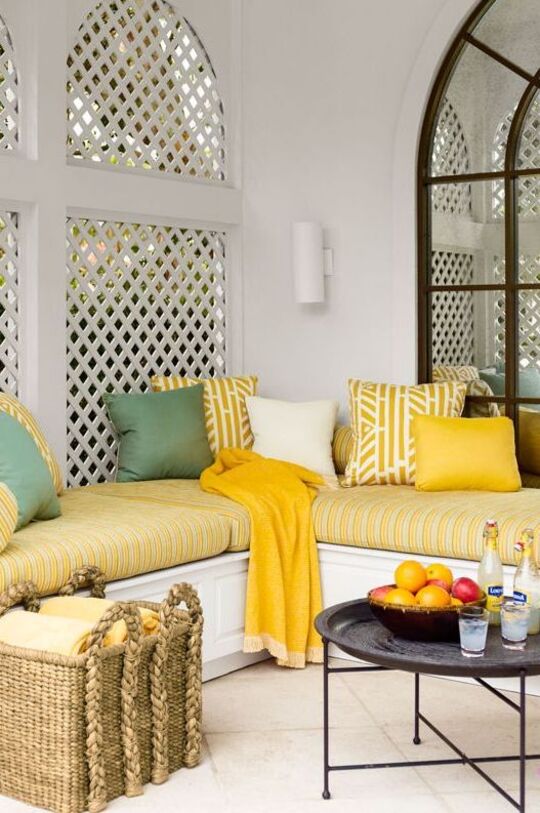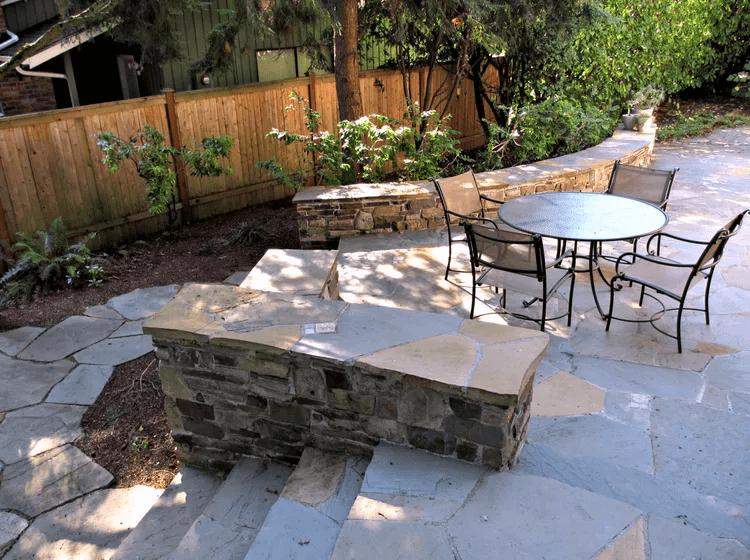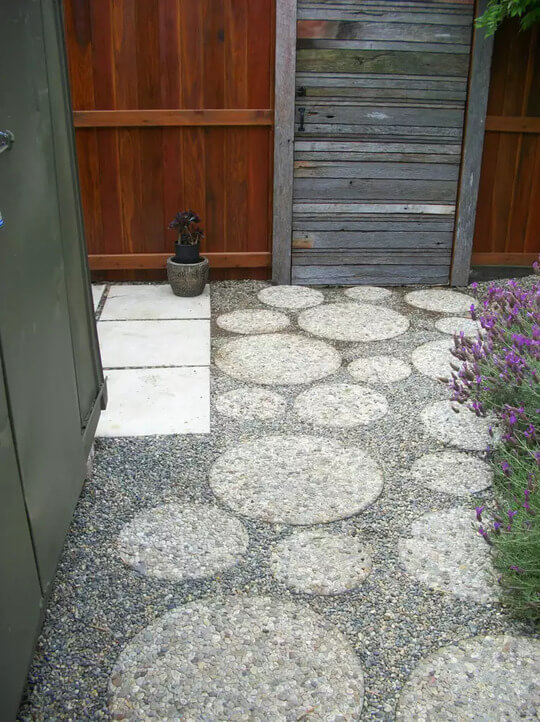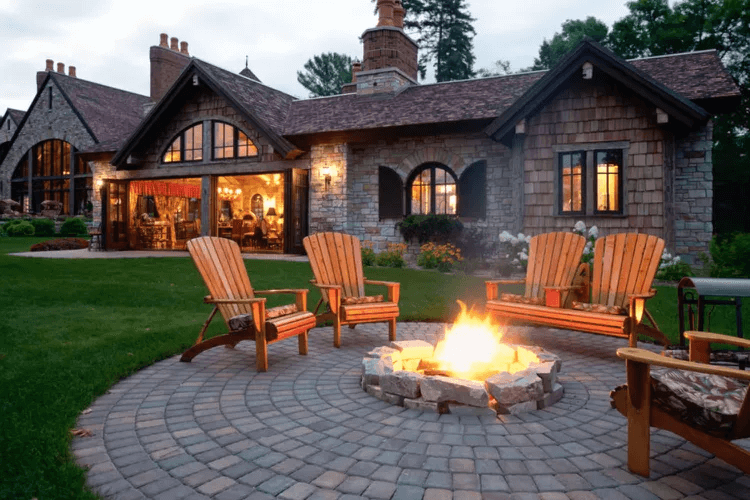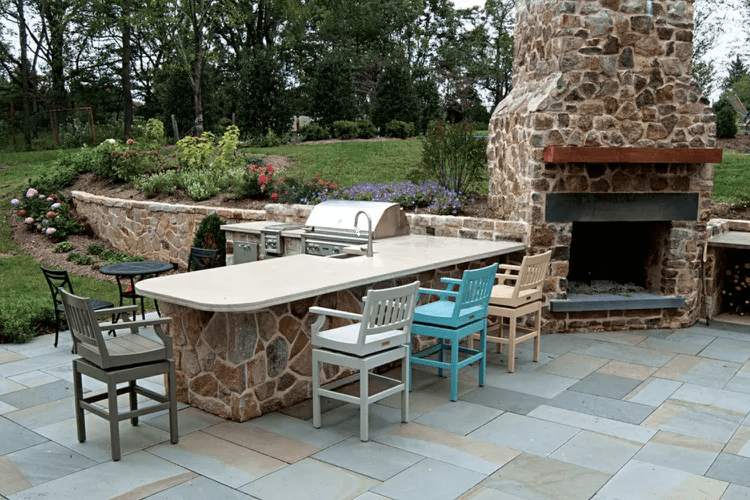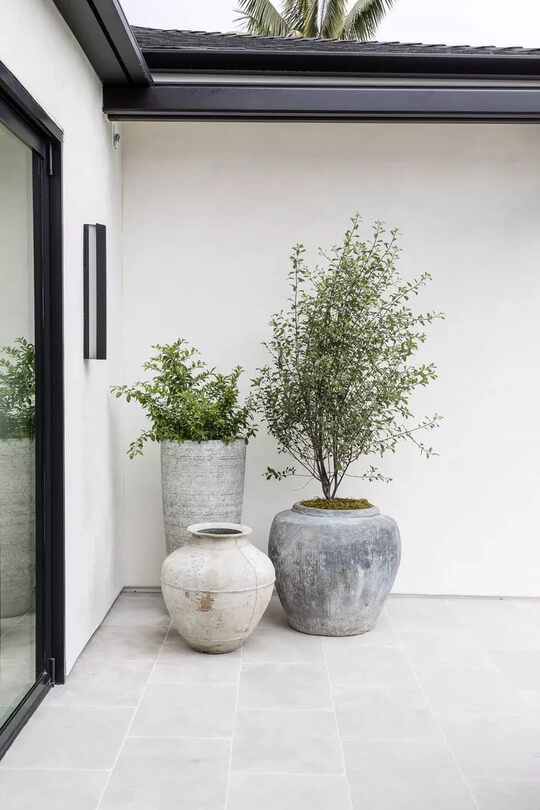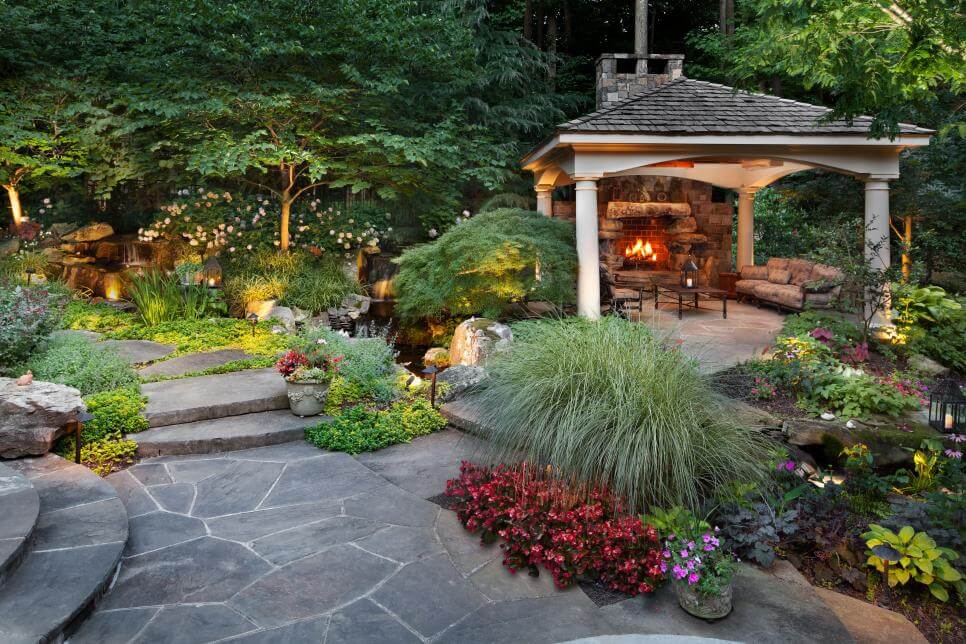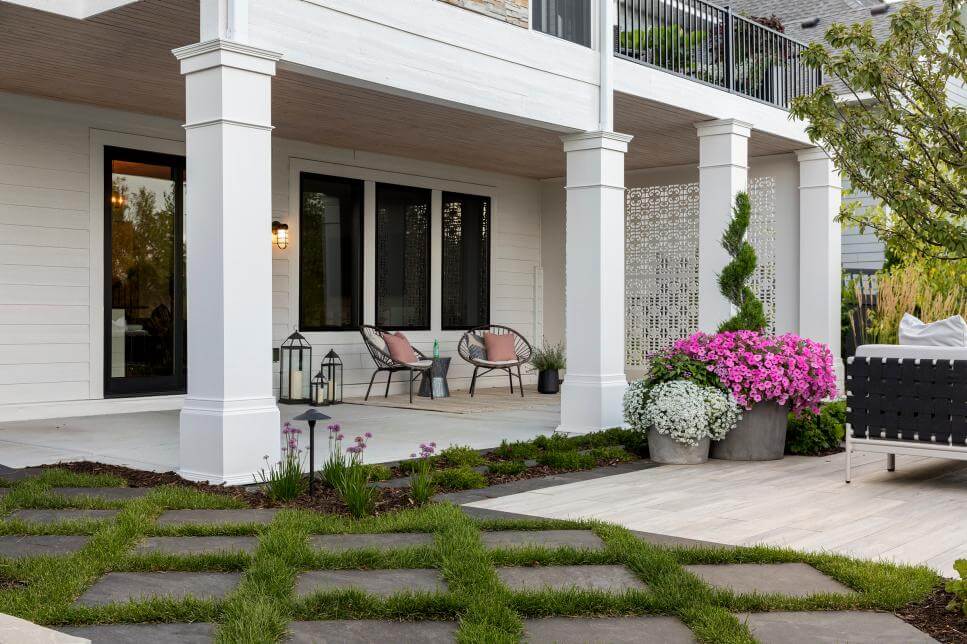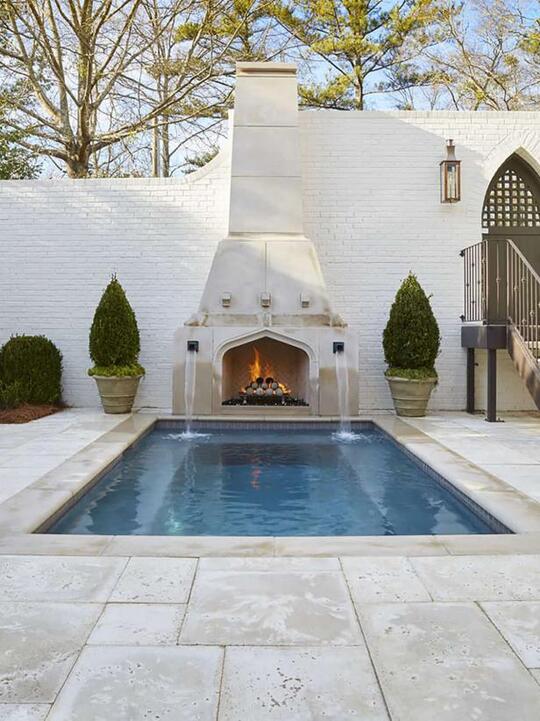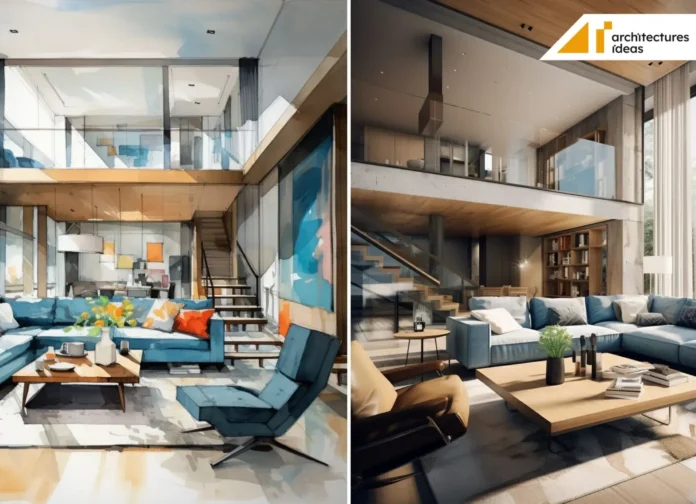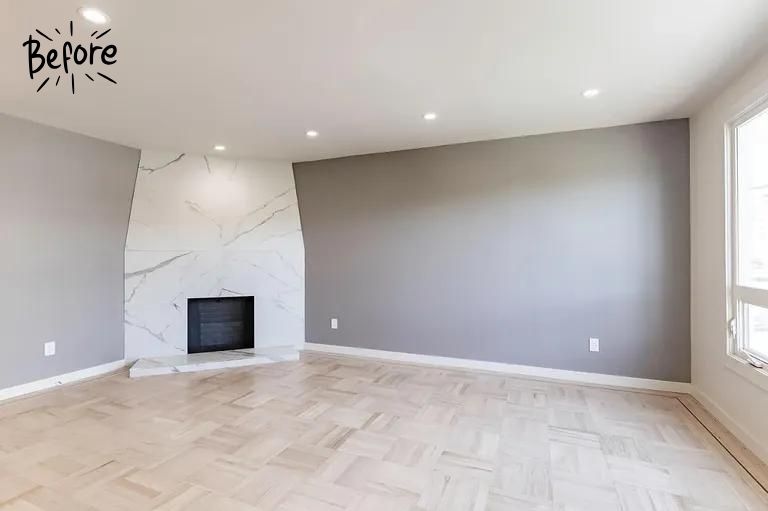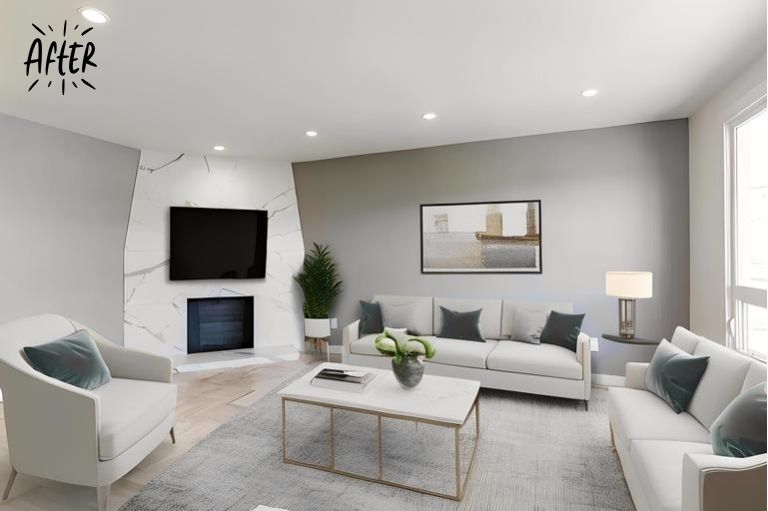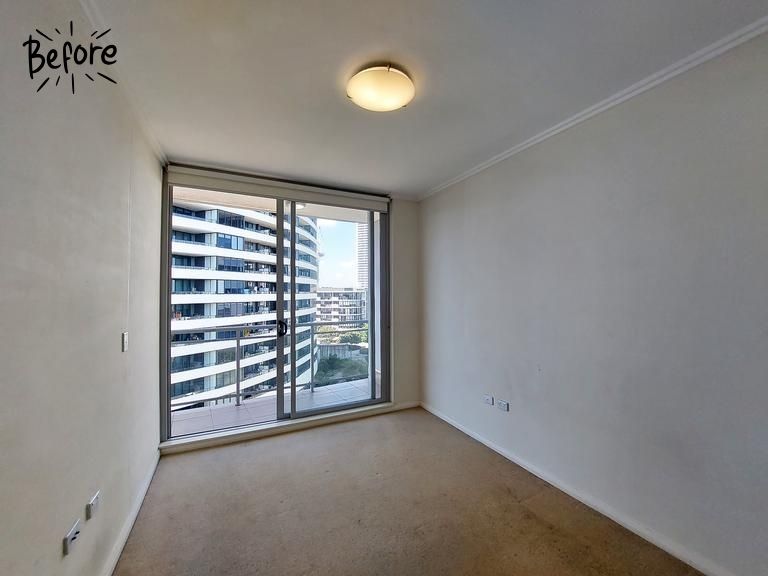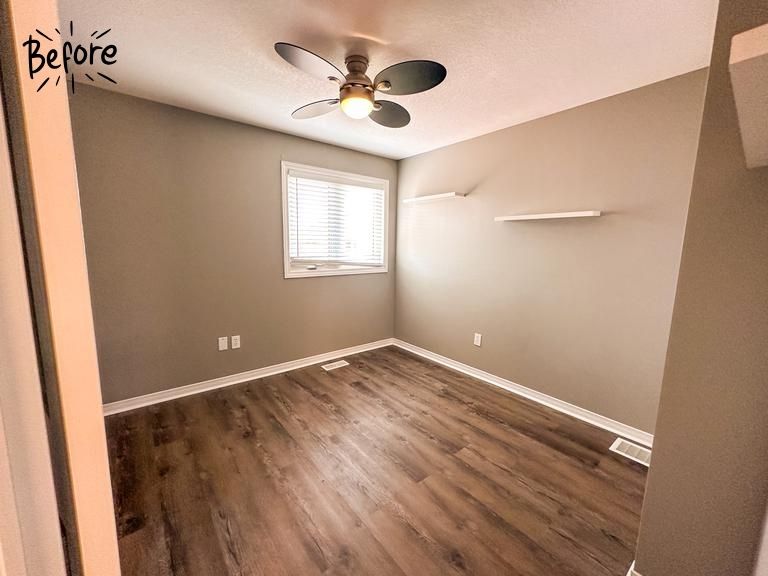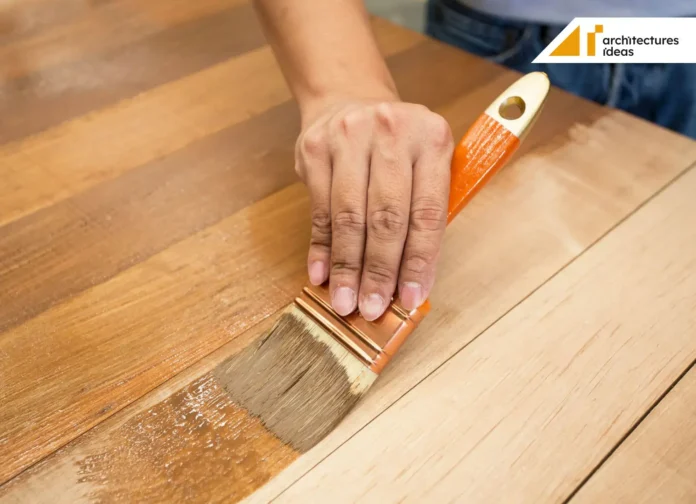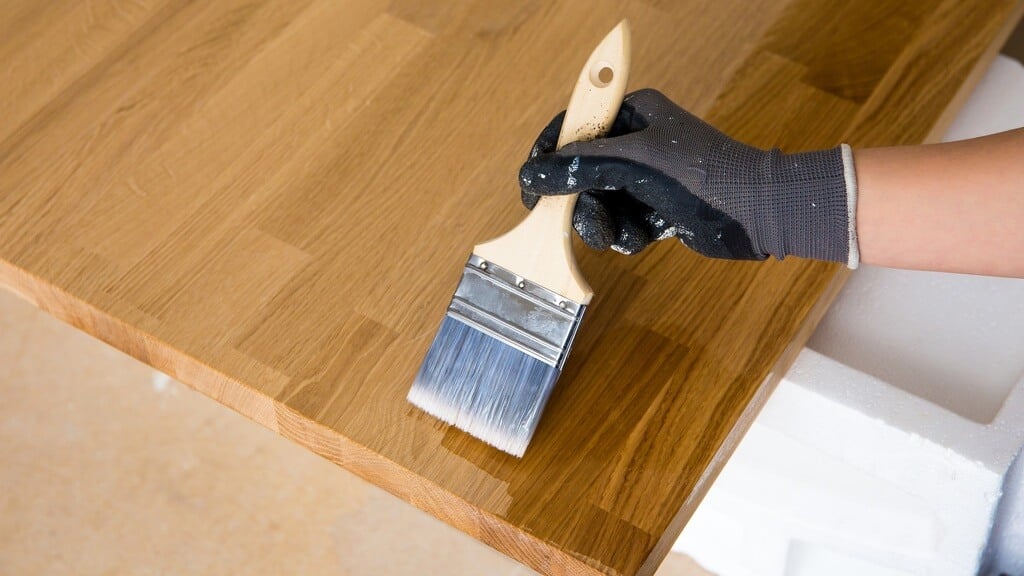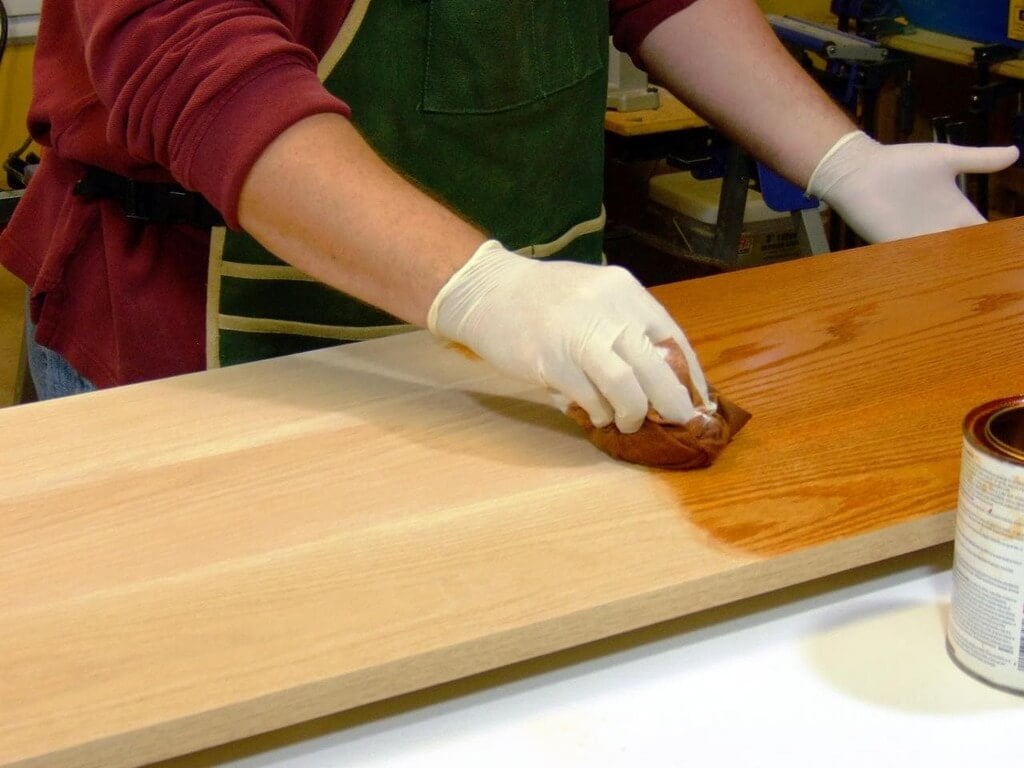It may surprise you to learn that the average American household spends $2,000 on energy costs annually. However, with passive house solutions, you may now save this money. Since not many people are familiar with this idea, we are going to explain it.
The goal of passive house design is to use as little energy as possible when creating a structure. It has become a voluntary standard to reduce ecological footprint. We will go into great detail regarding passive house solutions in this post.
What is a Passive House?
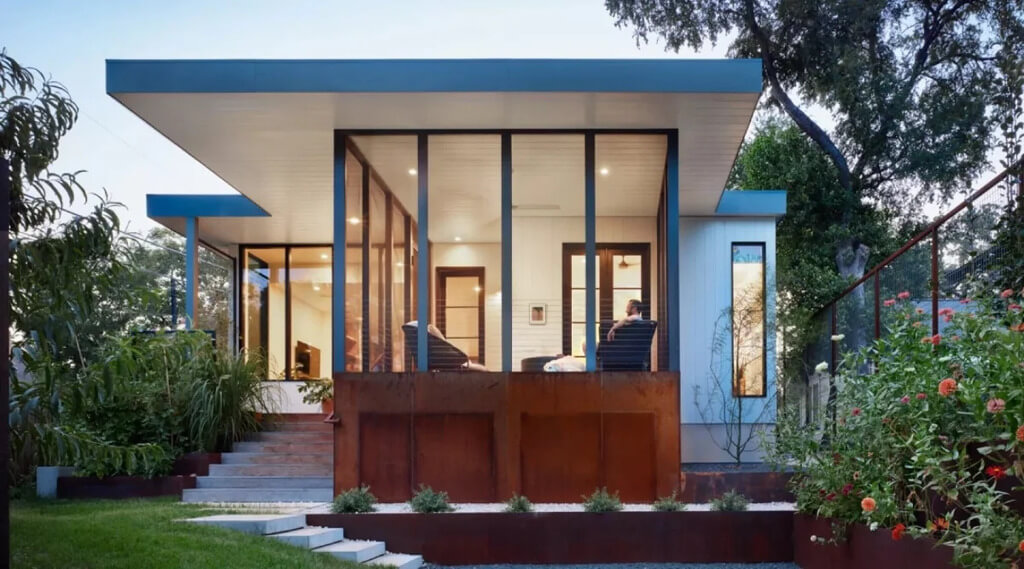
Buildings that fulfill energy efficiency requirements are considered passive houses. The building becomes passive if it has enough ventilation, airtightness, and insulation. In this manner, you save a lot of energy and reduce your demand for heating and cooling.
Dr. Wolfgang Feist and his team of German academics developed the idea of the passive house in 1988. They were searching for methods to reduce greenhouse gas emissions and energy use. The passive house underwent additional development thanks to grants and research initiatives from the German state of Hessen.
Passive house is also a voluntary green building standard. By emphasizing energy efficiency, it lessens the impact of a structure on the environment. Buildings created using this method require extremely little heating or cooling.
This is not limited to residential properties. It can be used for all kinds of buildings like offices, schools, and supermarkets. Lots of building projects that want to save energy use passive techniques in their designs.
Here are some stats about passive houses.
The first passive house residences were built in Darmstadt in 1990. There were around 15,000 to 20,000 such buildings worldwide by 2008. The number of certified passive house structures increased to 60,000 by 2016.
Features of a Passive House Design
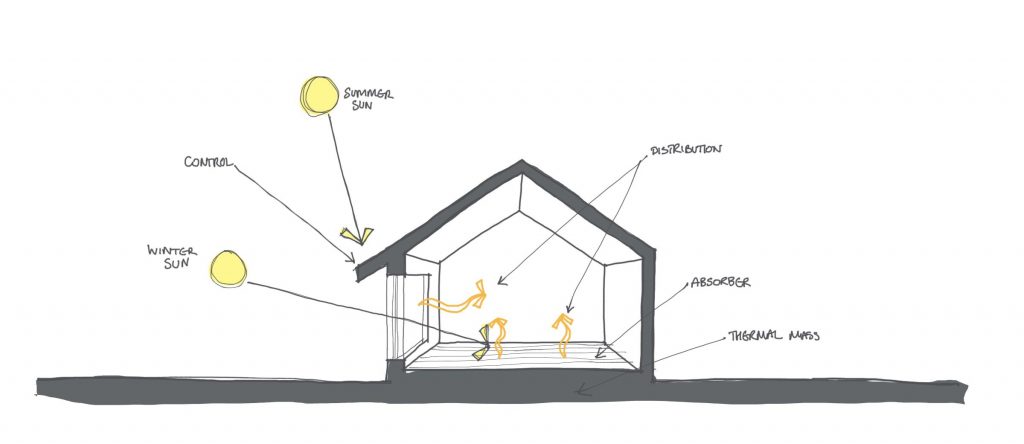
The following are some crucial components of a passive house design:
1. Airtightness and Insulation
In passive house design, airtightness and insulation are key components. It is imperative that you incorporate adequate insulation into the construction of the house. By doing this, you can maintain the heat within your house.
It can help you save money on heating bills if you live in a colder climate. Energy loss won’t occur in an airtight home. Because the energy stays inside the house, you will also require less cooling.
2. High-Tech Doors and Windows
To combat the problem of ventilation and air circulation, these houses come with windows and doors. Unlike regular houses, the windows and doors here are high-performing.
They are designed to let the warmth stay inside, which keeps the cold out. The windows have three layers of glass for this purpose. Moreover, it also helps to keep all the noise out and maintains a cozy atmosphere inside.
3. Thermal Bridge-Free Construction
Regular homes have many escape routes built into the structure. These openings allow heat to escape and raise the price of heating. Passive house design uses intelligent buildings to avoid this.
In order to block these escape pathways, they adhere to thermal bridge-free construction. It involves sealing every crevice and opening to prevent heat and cold from escaping.
4. Energy-Efficient Heating and Cooling
A passive house is designed to offer heating and cooling using less energy. They come with robust ventilation systems to keep the house cold during the summer and warm during the winter. These systems can store and distribute heat evenly throughout the house.
If you need additional cooling or heating, these houses have built-in appliances that use less energy. This way, passive houses offer low-energy cooling and heating.
5. Renewable Energy Sources
In order to increase their sustainability, the majority of passive houses use renewable energy sources. You can also upgrade your home with solar or wind power to save energy bills.
By supplying a portion of the energy for your house, these technologies reduce environmental impact. It is among the most effective methods for addressing the issue of climate change.
Benefits of Passive House Solution
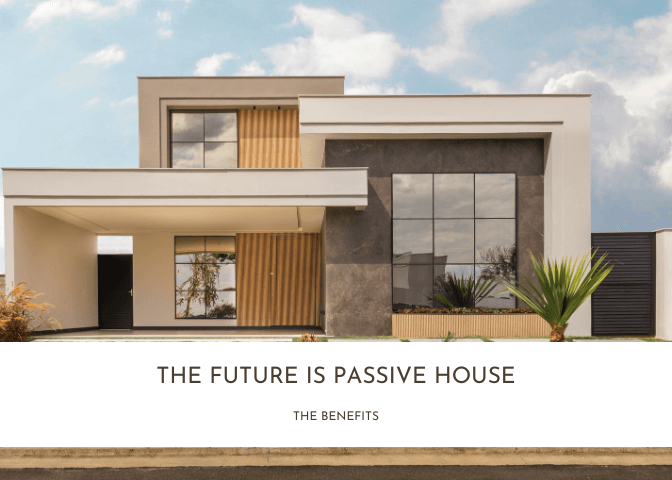
The advantages of the passive housing solution are as follows:
1. Energy Efficiency
The main benefit of passive house design is its energy efficiency. These structures require little energy for air conditioning and heating due to their architectural design. Along with insulation, they achieve this through the use of windows, doors, and construction.
Together, these elements ensure that your house remains cool in the summer and warm in the winter. This saves a significant amount of energy in comparison to conventional constructions. In fact, passive house reduce energy use up to 90% compared to traditional buildings.
2. Better Indoor Air
Improved indoor air quality is yet another significant benefit. Buildings with passive house design feature a tight seal. As a result, they keep allergens and contaminants out.
These houses come with ventilation systems, which remove impurities from the air and bring in clean air to maintain a fresh atmosphere.
3. Increased Comfort
Residents of these homes enjoy better comfort because of the passive house design. There are constant interior temperatures all year long, thanks to airtight construction and excellent insulation.
It’s comfortable to live in because there are no longer any drafts or cold spots. The ventilation system makes sure that the indoor air is consistently pleasant and fresh.
4. Cost Saving
Choosing a passive house can result in substantial long-term cost savings. Potential long-term energy savings could compensate for the comparatively high initial investment.
Additionally, enhanced residential air quality may decline healthcare expenditures. As a result of the yearly increase in energy costs, it is important to use cost-cutting strategies.
5. Eco-Friendly
Designing a home with passive energy is eco-friendly. Comparing these structures to typical ones, the carbon footprint is substantially lower. During building, they use better resources and produce less trash.
Preserving fossil fuels they help you in protecting the environment. The majority of these homes have renewable energy systems. They lessen the effects of climate change and are beneficial for the environment.
Conclusion
The kind of home you reside in can significantly affect both energy costs and the environment. Adopting passive houses is one way you can make a good contribution. The architecture of these homes reduces carbon emissions and lowers energy costs.
Nowadays, a lot of real estate developments adhere to the passive norm in order to provide improved comfort and energy-saving choices. In the future, we should anticipate further growth in the number of passive homes. Even your old house can become passive with the right modifications.
FAQs
The air quality in these homes is superior, devoid of pollutants, and can enhance your general well-being.
These homes don’t have any unpleasant scents.
The only drawback of passive houses is their expensive initial cost.
Explore Further:-


